Foods Nephrologists Say to Avoid
Some of the most common foods in your kitchen could be slowly damaging your kidneys — and most people have no idea. Nephrologists (that’s kidney doctors) are raising red flags about certain everyday ingredients that silently contribute to kidney stress, inflammation, and long-term damage. Whether you’re managing kidney issues or just want to stay ahead of serious problems, this list is your wake-up call. Scroll on to discover the 50 foods experts say you should cut before it’s too late. Your kidneys will thank you.
The Snack Harming Your Kidneys
Potato chips may seem harmless — a quick snack during a movie or a crunchy fix for an afternoon craving. But nephrologists warn that these salty bites could be quietly overworking your kidneys. Chips are loaded with sodium, often packing over 150-200 mg in a single handful. That sodium adds up fast, and excessive intake is directly linked to high blood pressure, which is one of the leading causes of kidney disease. Plus, chips typically contain artificial preservatives, unhealthy oils, and sometimes phosphorus additives — all of which make your kidneys work overtime to flush out what your body doesn’t need.
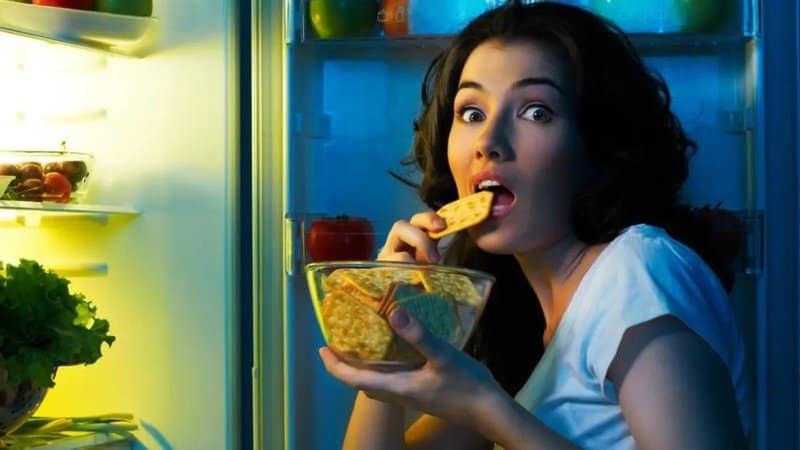
If you want to give your kidneys a break, consider some smarter swaps. Try unsalted roasted chickpeas, air-popped popcorn with herbs instead of salt, or crisp cucumber slices with a squeeze of lemon. These options still satisfy your crunch cravings but with far less sodium and zero synthetic additives. Studies consistently show that reducing sodium and processed snacks in the diet can slow the progression of kidney decline, especially in people with prehypertension or diabetes. Even if your kidneys are currently healthy, these kinds of food choices can serve as long-term protection. When it comes to your kidneys, small dietary changes can make a huge difference.
This ‘Healthy’ Drink Backfires
Fruit juice may seem like the healthier choice compared to soda, but don’t let the label fool you — it can be a sugar trap that quietly stresses your kidneys. Even 100% fruit juice is often stripped of fiber, leaving you with a concentrated hit of natural sugar that spikes your blood glucose quickly. For your kidneys, that sugar overload isn’t just a nuisance — it’s a long-term threat. Chronically elevated blood sugar can damage delicate blood vessels in the kidneys, especially in people with diabetes or insulin resistance.Some juices are also spiked with high-fructose corn syrup or hidden sweeteners, making matters worse. While you think you’re nourishing your body, your kidneys are actually working overtime to handle the sugar load. Over time, this can lead to inflammation, filtration problems, and even a faster decline in kidney function.
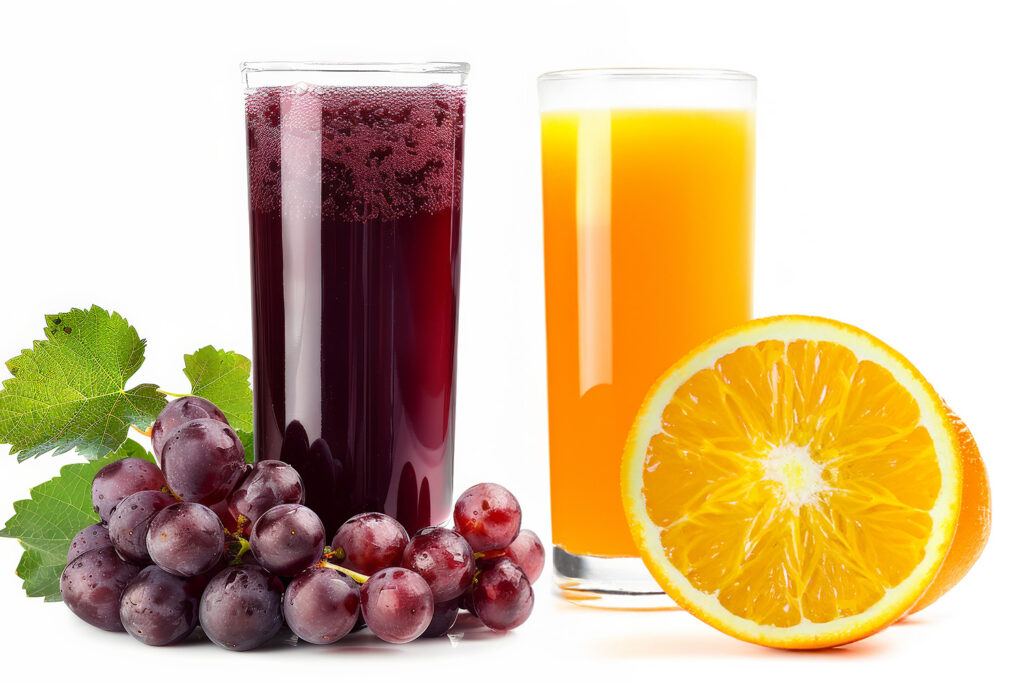
A smarter approach? Eat whole fruits instead. Apples, berries, and pears provide natural sweetness with the fiber needed to slow sugar absorption. If you must have juice, dilute it with water or choose cold-pressed varieties without added sugars — but keep portions small. Water and unsweetened herbal teas are the best choices for daily hydration. Your kidneys thrive on stability, not sugar spikes. A simple switch from fruit juice to whole fruit is one of the easiest ways to protect them — and your overall health — for years to come.
Popular Side Dish, Hidden Risk
Mashed potatoes are a comfort food favorite — creamy, rich, and hard to resist. But for your kidneys, they’re anything but comforting. Potatoes are naturally high in potassium, and when mashed with added salt, butter, or cream, they become a triple threat: high in potassium, sodium, and saturated fat. For people with compromised kidney function, excess potassium can lead to a condition called hyperkalemia, which may cause muscle weakness, irregular heartbeat, or even cardiac arrest if left unmanaged. Even if your kidneys are healthy, consistently overloading them with potassium and sodium can put unnecessary strain on their filtration system. The problem is, mashed potatoes are rarely eaten plain. They’re usually seasoned heavily or paired with salty gravies, which only add to the burden.
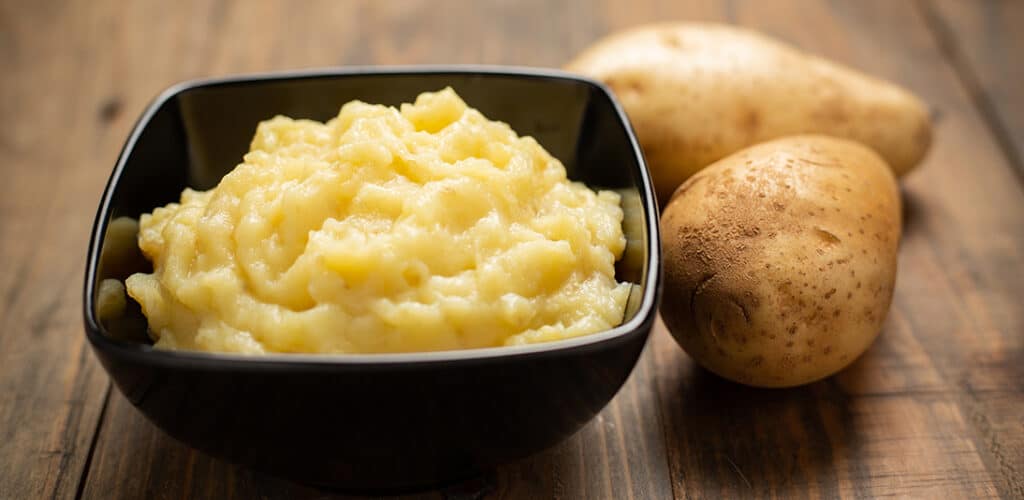
A better alternative? Mashed cauliflower or rutabaga can offer a similar texture with much lower potassium content. You can also roast root vegetables like parsnips and carrots for a flavorful, kidney-friendly side dish. If you’re attached to the idea of potatoes, try blending them with cauliflower to reduce the overall potassium content while still enjoying the dish. Comfort food doesn’t have to come at your kidneys’ expense. With a few smart swaps and mindful seasoning, you can still enjoy hearty meals that nourish instead of harm.
Why This Fruit’s Off-Limits
Bananas are often praised as a super-snack: portable, affordable, and loaded with potassium. But that last point is exactly why nephrologists urge caution. A single banana contains around 400-450 mg of potassium — a major dose for anyone dealing with kidney problems. When your kidneys can’t efficiently filter out excess potassium, levels can build up in the blood and lead to serious consequences like irregular heartbeat, fatigue, numbness, or even heart failure in extreme cases. People with chronic kidney disease (CKD) or those on dialysis are especially vulnerable, but even in early stages of kidney stress, it’s wise to monitor high-potassium foods. Bananas aren’t the only culprits — oranges, potatoes, spinach, and avocados are also high-potassium foods that should be limited in a kidney-conscious diet.
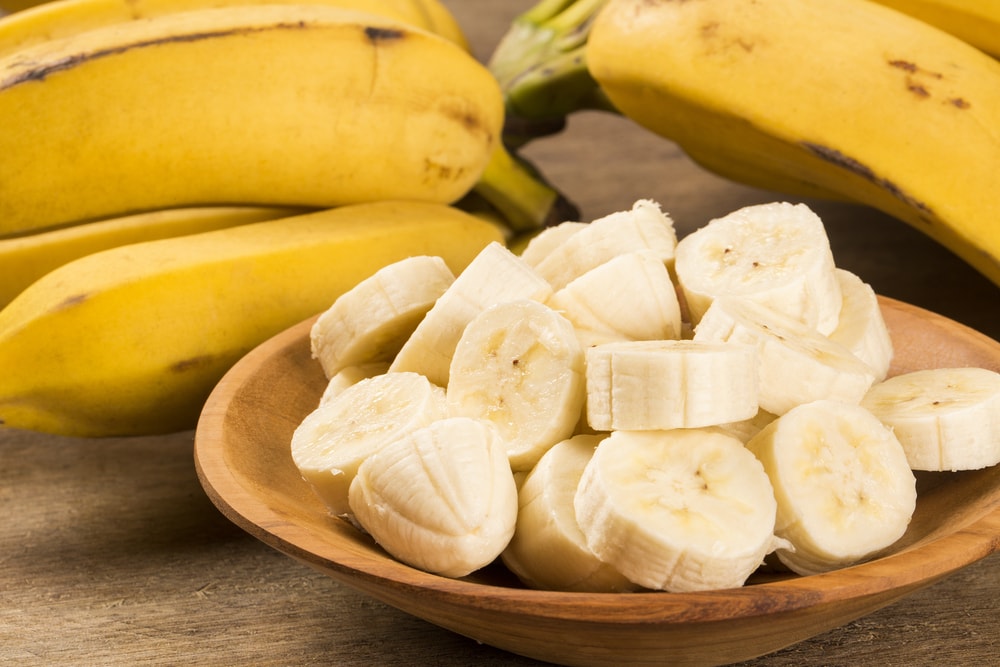
The good news? You don’t have to give up fruit. Apples, grapes, berries, pineapple, and peaches are all lower-potassium alternatives that offer antioxidants and hydration without overloading your system. Even small dietary shifts like replacing a banana in your morning smoothie with frozen blueberries can make a big impact on your kidney workload. It’s not about cutting out all the “healthy” foods — it’s about knowing which ones are healthy for you. And when it comes to bananas, your kidneys might prefer you reach for something else.
Breakfast Food Doctors Ban
Cereal may feel like a simple, harmless breakfast — just pour and go. But nephrologists warn that many popular boxed cereals, especially the sweetened and “instant” varieties, are a hidden landmine for your kidneys. They’re often loaded with sugar, sodium, and phosphate additives — all of which can accelerate kidney strain over time.Phosphates are particularly concerning. Many processed cereals include inorganic phosphorus, which is absorbed much more readily than the phosphorus found naturally in food. When phosphorus levels in your blood are consistently elevated, your body begins pulling calcium from your bones, weakening them and contributing to cardiovascular problems — a double burden on those with kidney issues.
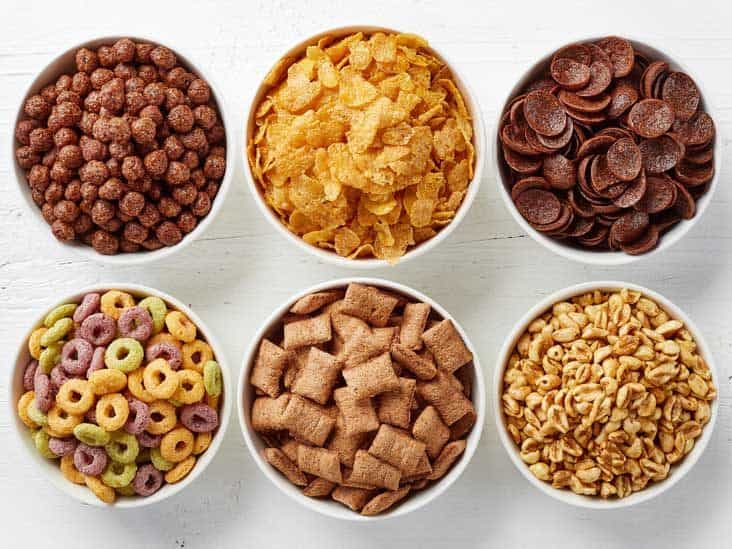
Swap the box for something better. Old-fashioned rolled oats are a far safer base. Cook them with water or unsweetened almond milk and top with fresh berries or a sprinkle of cinnamon for flavor. If you need convenience, look for unsweetened cereals made from whole grains and check the label for hidden phosphates — anything ending in “-phos” is a red flag. Breakfast sets the tone for your whole day. Choosing a cereal that supports your kidneys rather than burdens them is an easy but meaningful step toward better health. It only takes a minute — but your kidneys will thank you for it.
The Sodium Bomb in Disguise
Canned soup might seem like a warm, comforting, and easy meal — especially when time is short. But that convenience often comes at a high cost to your kidneys. One can of soup can contain over 1,000 milligrams of sodium — nearly half your recommended daily intake in just one sitting. And many soups are secretly packed with preservatives, artificial flavorings, and even phosphate-based additives. For your kidneys, all that excess sodium means fluid retention and rising blood pressure. That leads to more stress on the kidneys’ filtration system, which over time can contribute to or worsen kidney disease. If you’re already managing high blood pressure or early kidney problems, regular canned soup consumption can quietly do real damage.
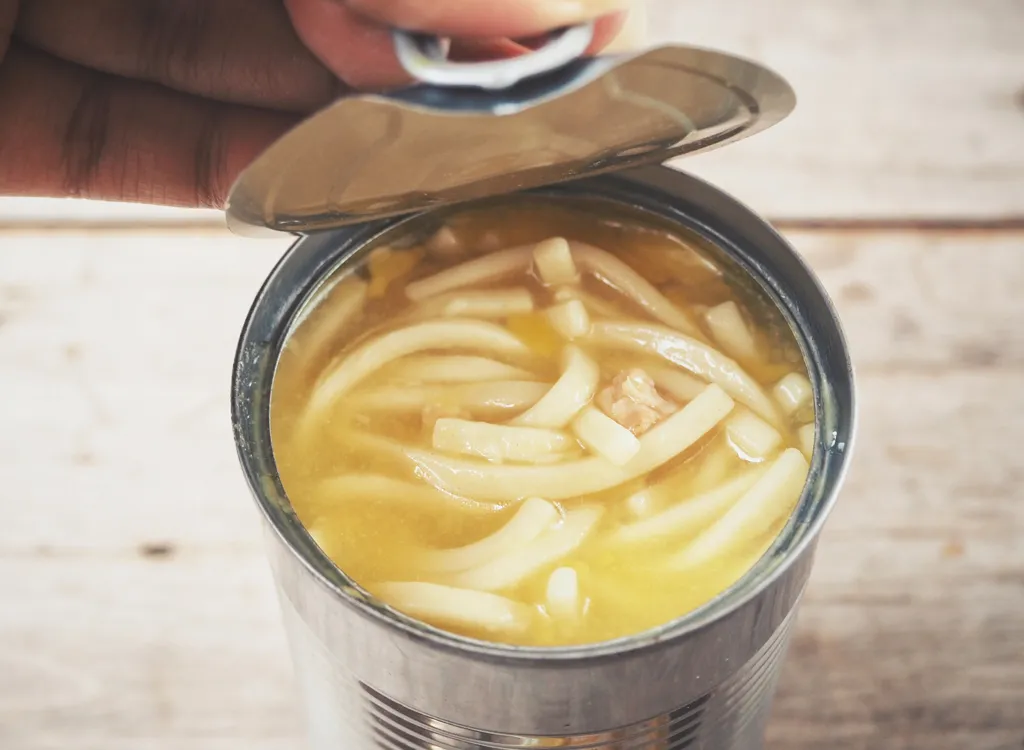
A simple alternative? Make your own soup using fresh or frozen vegetables, herbs, and low-sodium broth. You can batch cook and freeze it in portions for convenience. If you do buy canned, aim for options labeled “low sodium” or “no salt added” — and always double-check the nutrition label. Look for fewer than 140 mg of sodium per serving. Don’t let an innocent-looking can set your kidneys back. With a few extra minutes and a little planning, you can still enjoy soup season — minus the salt overload.
Kidneys Hate This Sweetener
Artificial sweeteners are often pitched as the “safe” alternative to sugar, especially for people managing diabetes or trying to lose weight. But nephrologists are sounding the alarm on their long-term impact — especially when it comes to kidney health. Ingredients like sucralose, aspartame, and saccharin may be calorie-free, but that doesn’t mean they’re risk-free. Some studies have linked artificial sweeteners to disruptions in gut bacteria, increased insulin resistance, and altered kidney filtration markers — especially in people who consume them daily. One study even found that people who drank more than seven diet sodas a week had reduced kidney function over time, suggesting that artificial sweeteners may do more harm than good for your renal system.
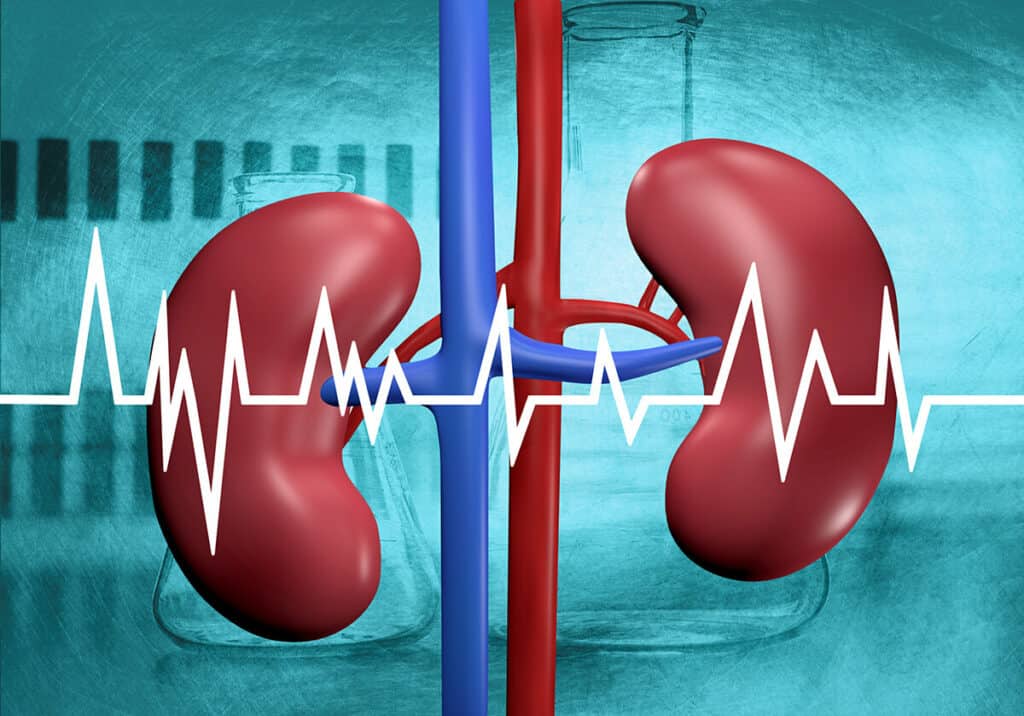
So what should you do? Start by checking ingredient labels on sugar-free products like diet soda, flavored waters, protein powders, gums, and low-calorie snacks. If artificial sweeteners are among the top ingredients, it’s worth rethinking that choice. Instead, consider natural options like stevia or monk fruit — but use them sparingly. Even better? Retrain your palate by gradually reducing your sweetener use altogether. The real goal is blood sugar stability and kidney relief — not tricking your taste buds with chemicals your body still has to process. Less sweetness, more realness. That’s the kidney-friendly path forward.
Think Twice Before Sipping This
Sports drinks are often marketed as smart hydration — loaded with electrolytes to replenish your body and fuel your performance. But if you’re not running marathons or sweating buckets daily, these colorful drinks may be doing your kidneys more harm than good. Many are packed with sodium, potassium, artificial colors, and even phosphates, which are especially problematic for people with or at risk for kidney disease. What most people don’t realize is that these drinks are formulated for extreme physical exertion — not casual daily hydration. Consuming them when you don’t actually need extra electrolytes can overload your system. For the kidneys, that means processing excess minerals and additives that might otherwise be avoided. Over time, this can contribute to fluid imbalance, blood pressure spikes, and stress on your kidneys’ delicate filtering system.
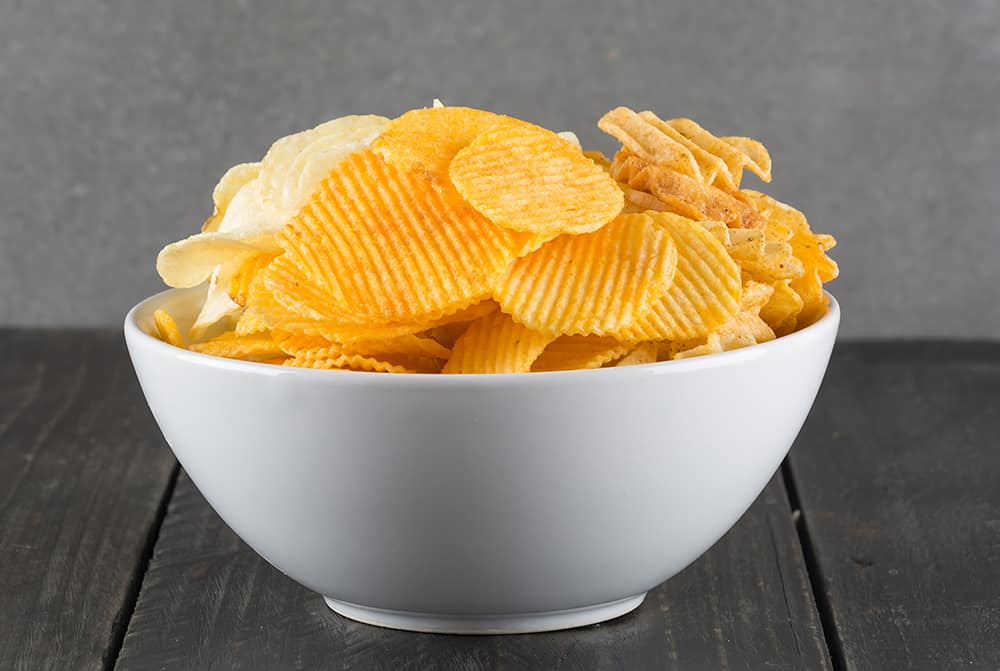
If you’re craving flavor while staying hydrated, stick with plain water or infuse it naturally with cucumber, lemon, or berries. Unsweetened coconut water is another option — just check potassium levels and avoid brands with added sugars or phosphates. Remember, not all “fitness” products are made with your health in mind. Don’t let flashy labels fool you — hydration should support your kidneys, not stress them out. Choose drinks that do more than look healthy — make sure they are healthy.
Your Go-To Meal? Dangerous.
That quick microwave dinner or takeout combo you love may be sabotaging your kidney health more than you realize. Many ready-made meals — even ones labeled “healthy” — are loaded with sodium, phosphorus preservatives, and hidden sugars that force your kidneys to work overtime. Sodium spikes blood pressure, while added phosphates are rapidly absorbed and place a silent burden on kidney filtration. Processed meats, pre-seasoned chicken, frozen entrées, and even sauces like gravy or soy sauce are frequent offenders. They may taste comforting, but they’re a nutritional minefield for anyone at risk of kidney issues. Nephrologists often flag these meals for their role in promoting fluid retention, inflammation, and long-term kidney damage — especially when eaten regularly.
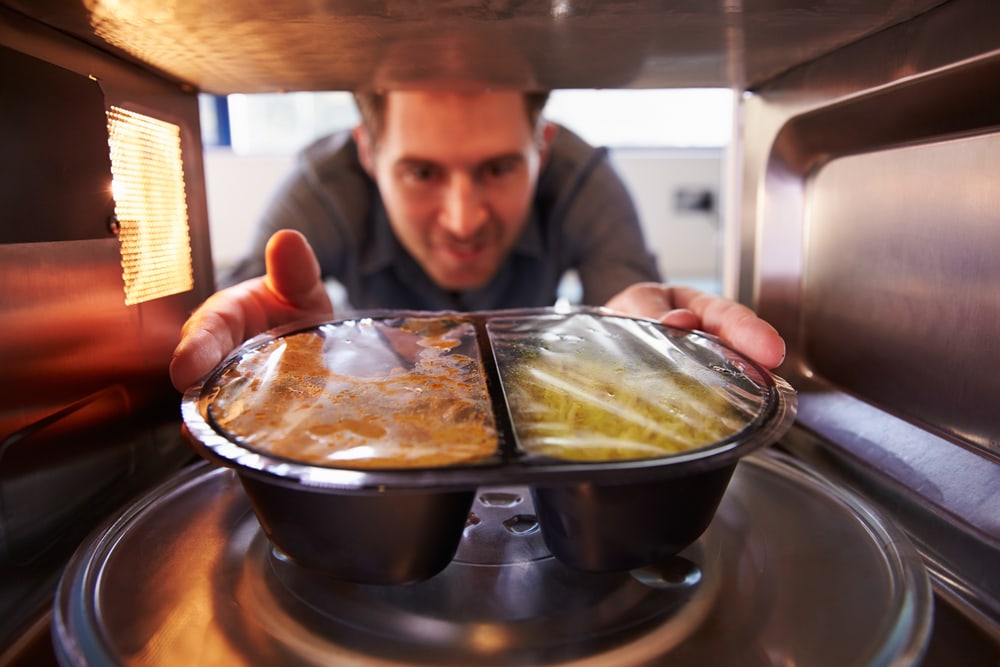
To protect your kidneys, try preparing simple meals at home with whole ingredients. Lean protein like baked chicken, sautéed greens, and a small serving of whole grains can deliver more nutrients with far less sodium. If you’re short on time, meal prep in batches and freeze kidney-friendly portions in advance. Convenience doesn’t have to mean compromise. With just a little planning, you can ditch the danger foods and keep your kidneys happy — without giving up fast, delicious meals.
This Seasoning Wrecks Your Filters
It’s not just what you eat — it’s what you season it with. Table salt and many pre-mixed spice blends are sodium bombs hiding in plain sight, and your kidneys are taking the hit. Nephrologists warn that excess salt causes the body to retain water, raising blood pressure and placing continuous strain on kidney function. Over time, this can reduce how efficiently your kidneys filter waste and balance fluids. Even more deceptive? Flavored salts, bouillon cubes, and spice mixes labeled “savory” or “zesty” often contain sodium-packed preservatives like monosodium glutamate (MSG), disodium phosphate, or sodium nitrate. You think you’re just adding flavor — but you’re unknowingly dosing your body with chemicals your kidneys have to flush out.
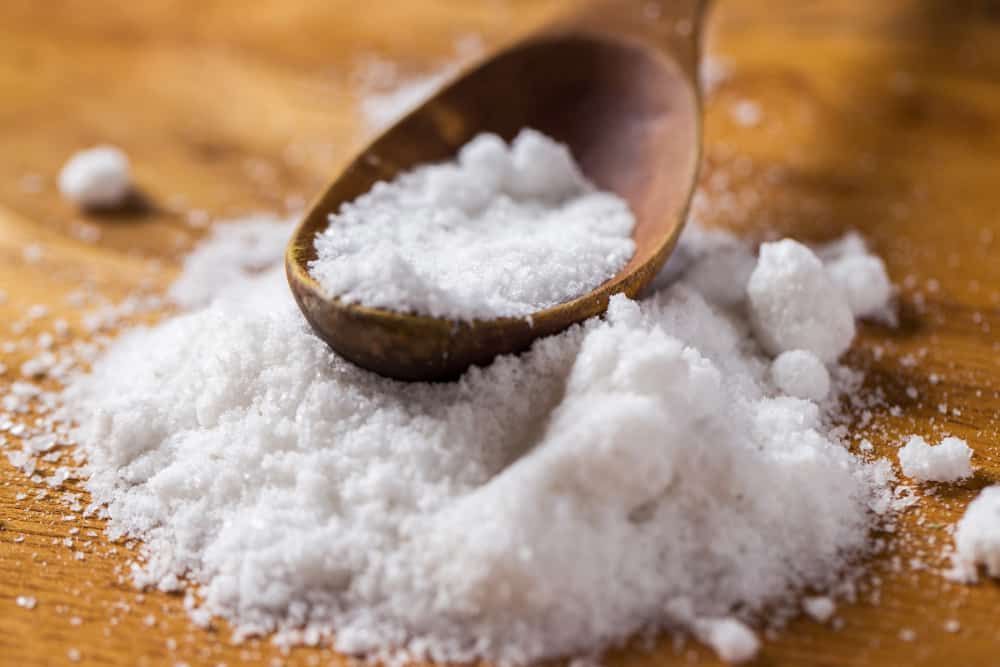
Instead, get creative with salt-free options. Garlic powder, onion flakes, paprika, lemon zest, and fresh herbs can transform any dish without taxing your kidneys. If you can’t go completely salt-free, start by cutting your usual portion in half and using citrus or vinegar to enhance flavor naturally. It’s a small shift that adds up fast. Your kidneys work hard — seasoning smarter is one of the easiest ways to lighten their load and still love what’s on your plate.
Why Canned Foods Raise Alarms
Canned foods may be convenient, but they come with a not-so-convenient load of sodium and hidden additives that can quietly sabotage your kidney health. From beans and vegetables to soups and pasta sauces, these shelf-stable staples often contain 400-1,000 mg of sodium per serving — and you’d be surprised how quickly that adds up in a single meal. What’s worse, some cans are lined with BPA, a chemical that has been linked to hormonal disruption and kidney stress in animal studies. Even “healthy” versions of canned foods often include potassium chloride or phosphates to enhance shelf life or flavor, which means your kidneys have even more to filter.
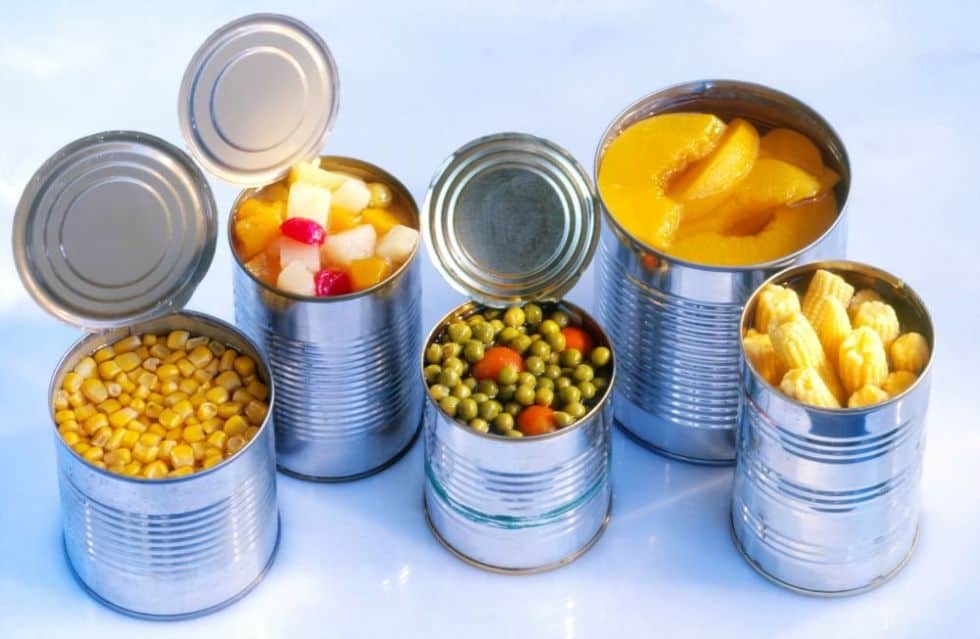
If canned is your only option, always rinse the contents under water before eating to remove some of the surface sodium. Better yet, choose low-sodium or “no salt added” versions, and avoid anything with “phos-” ingredients on the label. Fresh or frozen ingredients are best — they’re usually cheaper per serving, and much easier on your kidneys. With a little planning, you can swap canned shortcuts for kidney-safe choices without sacrificing convenience. Your future self — and your kidneys — will thank you.
Doctors Warn About This Snack
That bag of beef jerky in your glove compartment? It’s a protein-packed snack — and a kidney nightmare. Jerky may seem like a better option than chips or candy, but it’s one of the most sodium-heavy processed snacks on the shelf. A single serving can contain over 600 mg of sodium, and let’s be honest — most people eat two or three servings in one go. Nephrologists caution that too much sodium increases blood pressure and forces your kidneys to retain excess water, making them work harder over time. Many jerkies also contain nitrates and phosphate preservatives, which have been linked to decreased kidney function and cardiovascular issues. Not exactly the health food you hoped for.
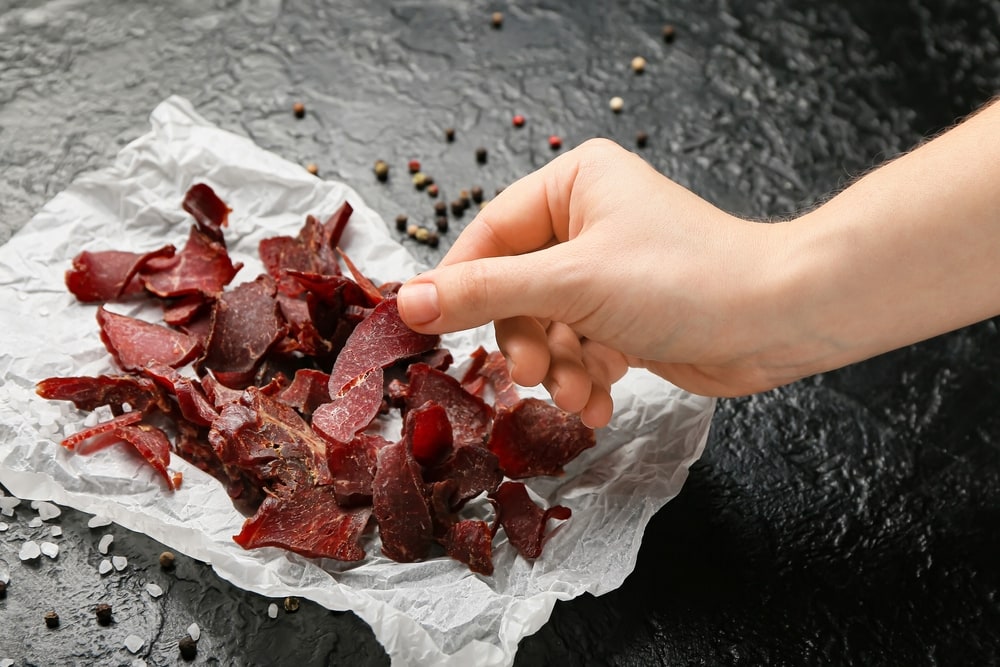
For a safer snack, try unsalted nuts, roasted edamame, or homemade jerky made with low-sodium marinades. Better yet, opt for a fresh snack like apple slices with nut butter or a boiled egg — both are satisfying and far less harsh on your kidneys. Snacking doesn’t have to be risky. With a little label-checking and prep, you can fuel your body without secretly sabotaging one of its most vital organs.
The Salad Topper to Skip
Salads seem like a safe, healthy choice — until you bury them in toppings that turn your greens into a kidney stress test. One of the biggest offenders? Processed salad dressings. Many store-bought dressings are loaded with sodium, added sugars, preservatives, and even phosphate additives — all ingredients that nephrologists advise minimizing. One tablespoon of ranch or Italian dressing might not seem like much, but depending on the brand, it can contain over 300 mg of sodium. Add croutons, bacon bits, or shredded cheese, and you’ve created a deceptively high-salt dish that forces your kidneys to work harder than necessary.
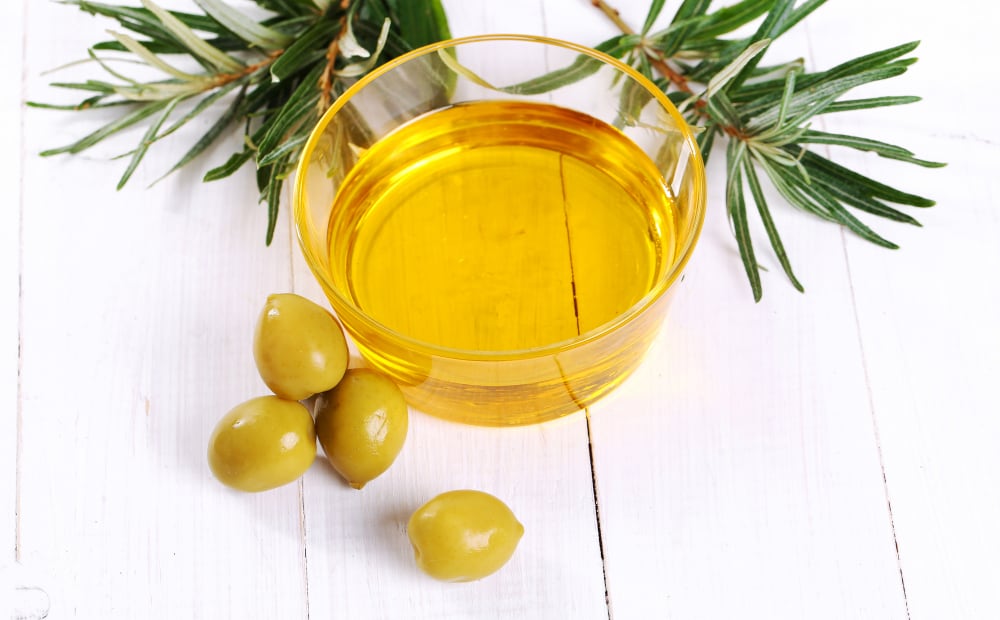
Instead, make your own dressing using olive oil, lemon juice, balsamic vinegar, or Greek yogurt with herbs. These options are full of flavor and give you control over the salt and additives. You can also add healthy fats like avocado or nuts (in moderation) for creaminess and crunch without the sodium overload. Salads should be a way to nourish your body — not a hidden risk. Swap out those processed toppings and dressings, and your kidneys will breathe a sigh of relief.
This Food Imitates Poison
It might sound dramatic, but for those with reduced kidney function, star fruit can actually be toxic. This tropical fruit contains a compound called caramboxin, which healthy kidneys can filter out — but damaged kidneys can’t. The result? Neurological symptoms like hiccups, vomiting, confusion, and in severe cases, even seizures or death. It doesn’t take much. Even a small amount of star fruit can trigger symptoms in people with kidney disease — and the danger is serious enough that nephrologists strongly advise avoiding it altogether if you have any kidney issues. What makes it even trickier is that star fruit is often marketed as a superfood or exotic wellness booster, especially in juices and smoothies.
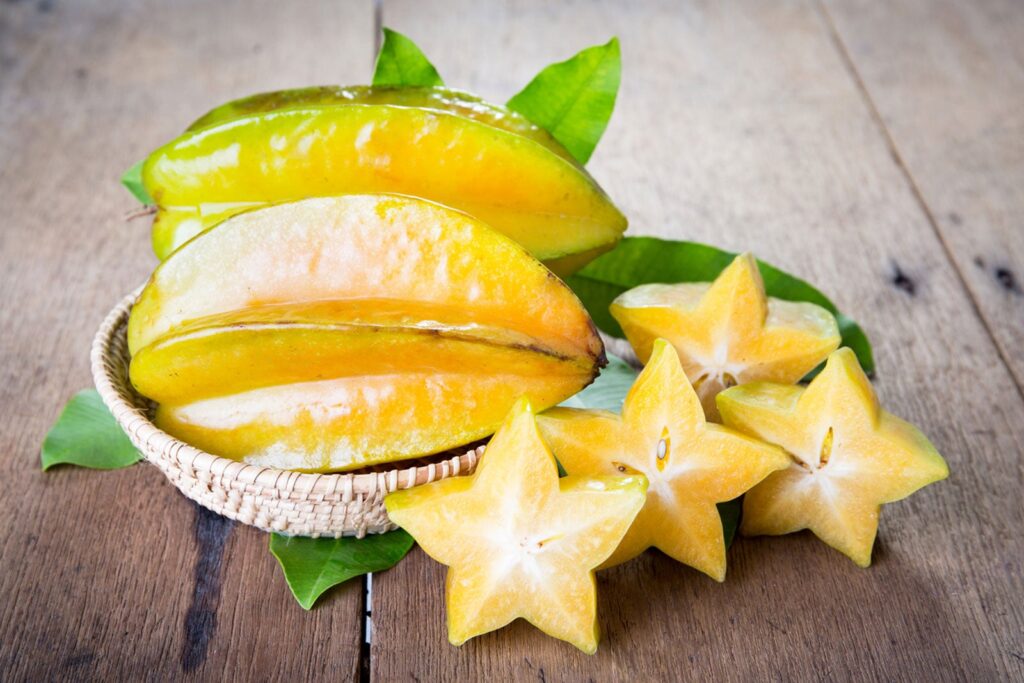
If you’re a fan of tropical fruits, safer choices include pineapple, mango (in moderation), or papaya — none of which pose the same level of risk to kidney health. And if you’re ever unsure about a fruit or vegetable, especially one that’s new to your diet, it’s worth checking with your doctor or a renal dietitian. When it comes to kidney safety, not all “natural” foods are safe. In the case of star fruit, it’s best to admire it from afar — and keep it off your plate.
Your ‘Low-Fat’ Pick = Trouble
Low-fat products are everywhere — yogurts, cheeses, dressings, even desserts — and they often come with the illusion of being healthier. But nephrologists warn that many “low-fat” or “fat-free” foods are actually worse for your kidneys. Why? When fat is removed, flavor is often added back with sodium, sugar, or chemical thickeners, all of which place an added burden on your kidneys. Low-fat cheese and yogurt, for example, can contain twice the sodium of their full-fat versions. Some fat-free salad dressings are packed with phosphate additives to improve texture and shelf life. These synthetic phosphates are quickly absorbed by the body and can build up in your bloodstream, causing long-term harm to your kidneys and bones.
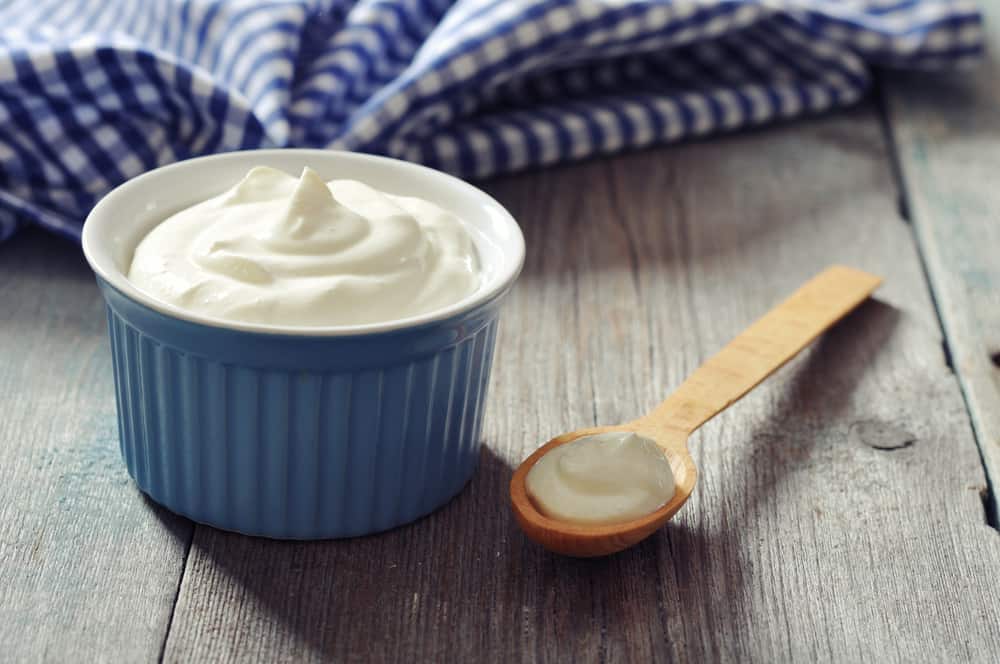
A smarter approach is to enjoy small amounts of whole, minimally processed foods — think plain Greek yogurt, full-fat cottage cheese, or avocado-based spreads. These are satisfying, nutrient-dense, and far less likely to sneak in harmful additives. The label “low-fat” doesn’t always mean better — especially for your kidneys. Read ingredient lists carefully and remember that real food, in its natural form, is usually the safer bet.
That “All-Natural” Snack Isn’t
Granola bars, protein bites, and “healthy” trail mixes often come labeled with words like natural, wholesome, or energy-boosting. But don’t let the branding fool you. Many of these snacks are loaded with added sugars, sodium, preservatives, and even phosphates — all hidden behind flashy claims and “clean” packaging. For your kidneys, these additives are anything but harmless. Sugar contributes to inflammation and insulin resistance, while sodium raises blood pressure and forces your kidneys to retain fluid. Even dried fruits in trail mix can contain added potassium preservatives or be coated in sugar, making a seemingly healthy snack far more damaging than it appears.
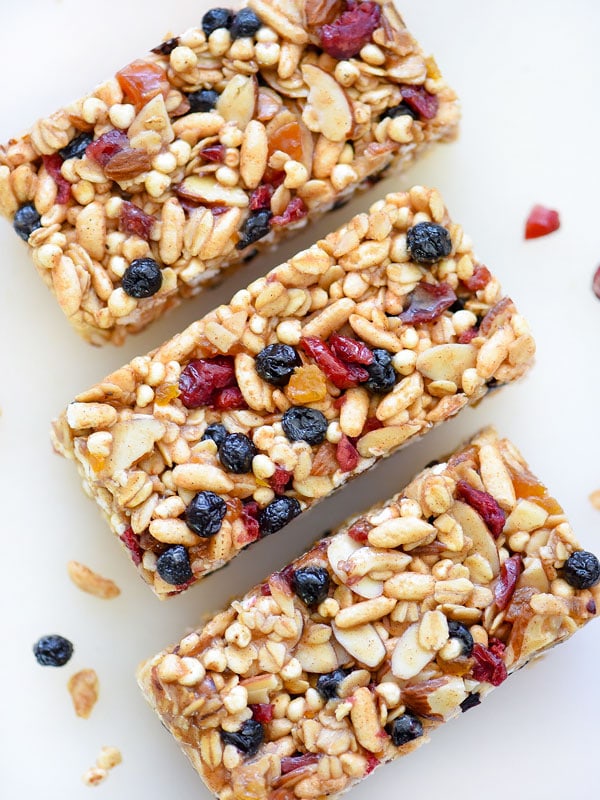
Nephrologists often recommend making your own snacks using raw, unsalted nuts, fresh fruit, or homemade energy bites made with oats and nut butter. Not only can you control the ingredients, but you’ll avoid the laundry list of additives found in store-bought versions. Don’t fall for marketing hype — just because something says “natural” doesn’t mean it’s kidney-friendly. Flip the package, scan the ingredients, and remember: the shorter the list, the better.
The Bread Swap That Matters
Bread is a daily staple for many, but not all loaves are created equal — especially when it comes to your kidneys. White bread and many commercial whole wheat options are often high in sodium, added sugars, and phosphorus-based dough conditioners. These can build up in the bloodstream, placing unnecessary stress on kidney function, especially in those with existing kidney conditions. Even some whole grain breads, while marketed as healthy, contain hidden phosphates to improve texture and shelf life. If the label lists ingredients like monocalcium phosphate, dicalcium phosphate, or anything ending in “-phos,” that’s your red flag.
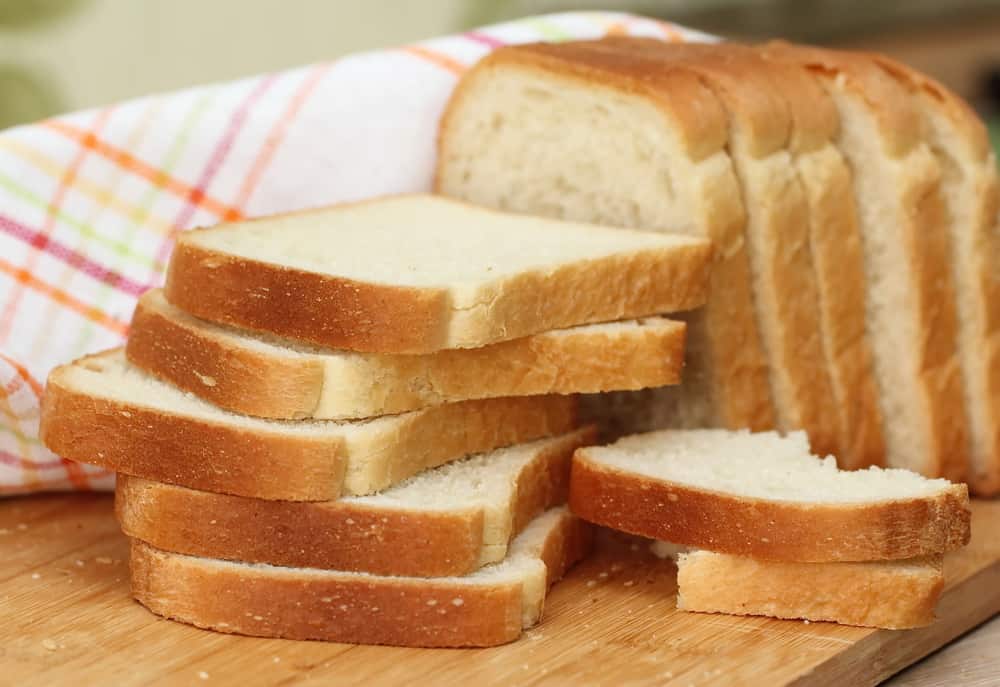
Instead, opt for sprouted grain bread or low-sodium varieties made with minimal additives. Better yet, try baking your own at home — you’ll know exactly what’s going in and can skip the harmful extras entirely. Bread may seem like a small choice, but it’s one most people make every day. Switching to a kidney-conscious option is a simple, daily way to protect your long-term health without sacrificing flavor or convenience.
Sneaky Ingredient in Restaurant Meals
Dining out can feel like a treat, but restaurant meals often come with a heavy dose of hidden sodium, butter, and phosphate-based flavor enhancers — all of which are rough on your kidneys. Even dishes that seem healthy, like grilled chicken or steamed veggies, are often pre-marinated, pre-salted, or doused in butter to enhance flavor and preserve texture during cooking. Phosphate additives in particular are used in meats to retain moisture and tenderness. Unlike naturally occurring phosphorus in food, these additives are almost completely absorbed by your body, making them especially taxing for kidney function. The problem? You’ll rarely find these ingredients listed on a menu.
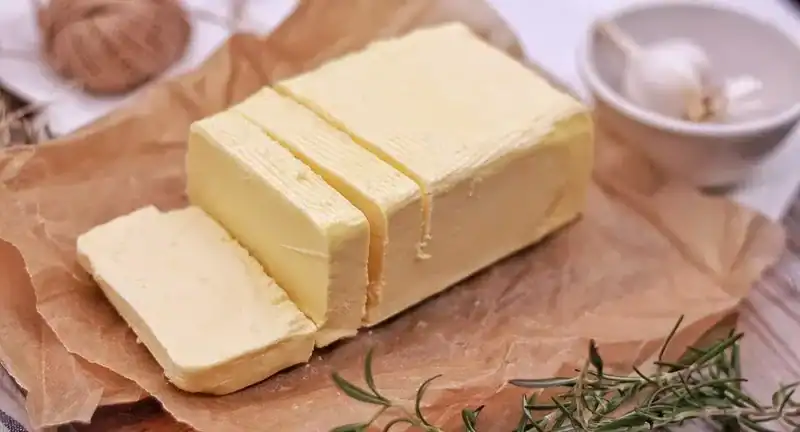
The next time you eat out, ask for your meal to be prepared without added salt or sauces, and choose simple grilled or baked options. Avoid dishes labeled “crispy,” “creamy,” or “smothered” — they’re usually the worst offenders. You can still enjoy eating out, but being proactive is key. A single restaurant meal shouldn’t undo your kidney-conscious choices — you just have to outsmart the hidden ingredients.
That ‘Low-Sodium’ Label Lies
Low-sodium labels are everywhere — from soups and sauces to frozen dinners and snacks. But don’t let the branding lull you into a false sense of security. “Low-sodium” doesn’t mean low enough for your kidneys. In the U.S., a product can be labeled low-sodium if it contains 140 mg of sodium per serving — and that’s just one serving. Many products contain two or three servings per package, meaning your actual intake can be much higher. Even more concerning, low-sodium versions of processed foods may still include potassium chloride or phosphate preservatives to maintain flavor and texture. These additives are harmful in their own right and particularly dangerous for people with kidney disease.

What’s the fix? Read beyond the front of the package. Look at serving sizes and ingredient lists. If you see anything with “phos-” or “potassium chloride,” that’s a clear sign to skip it. Instead, go for whole, unprocessed foods where you control the seasoning. “Low-sodium” doesn’t always mean “kidney-safe.” The label might look reassuring, but it’s no substitute for a quick scan of what’s really inside.
Your Go-To Condiment Is a Trap
That squirt of ketchup or spoonful of barbecue sauce may seem harmless — but most condiments are sugar and sodium bombs in disguise. A single tablespoon of ketchup can contain over 160 mg of sodium and 4 grams of sugar, and let’s be honest — no one uses just one tablespoon. Add in high-fructose corn syrup, preservatives, and in some cases, phosphate additives, and you’ve got a kidney-stressing combo. Sauces like soy, teriyaki, and even mustard are often worse. They’re highly concentrated in flavor, which means they rely on salt and preservatives to deliver that punch. Nephrologists regularly flag condiments as one of the sneakiest sources of excess sodium in an otherwise balanced meal.

You don’t have to eat dry food to protect your kidneys. Make your own sauces using herbs, olive oil, lemon juice, and a touch of vinegar. Even DIY ketchup made with tomato paste and your own spices can satisfy the craving without the chemical load. Condiments are small, but they show up at almost every meal. When you’re managing kidney health, those little choices can make a big difference.
Why This “Healthy” Bread Can Backfire
Whole wheat bread carries a health halo — it’s labeled “heart-healthy,” “high fiber,” and “natural,” which makes it a default choice for many people looking to eat better. But for those keeping an eye on their kidney health, it’s a hidden trap. Compared to white bread, whole wheat bread is higher in potassium and phosphorus, two minerals that can build up in the body when kidney function is compromised. Many commercial whole wheat breads also contain added sodium and phosphate-based preservatives, which further stress the kidneys. Add that to a sandwich already loaded with deli meats or sauces, and you’ve got a salty, phosphate-laden meal that’s anything but clean.
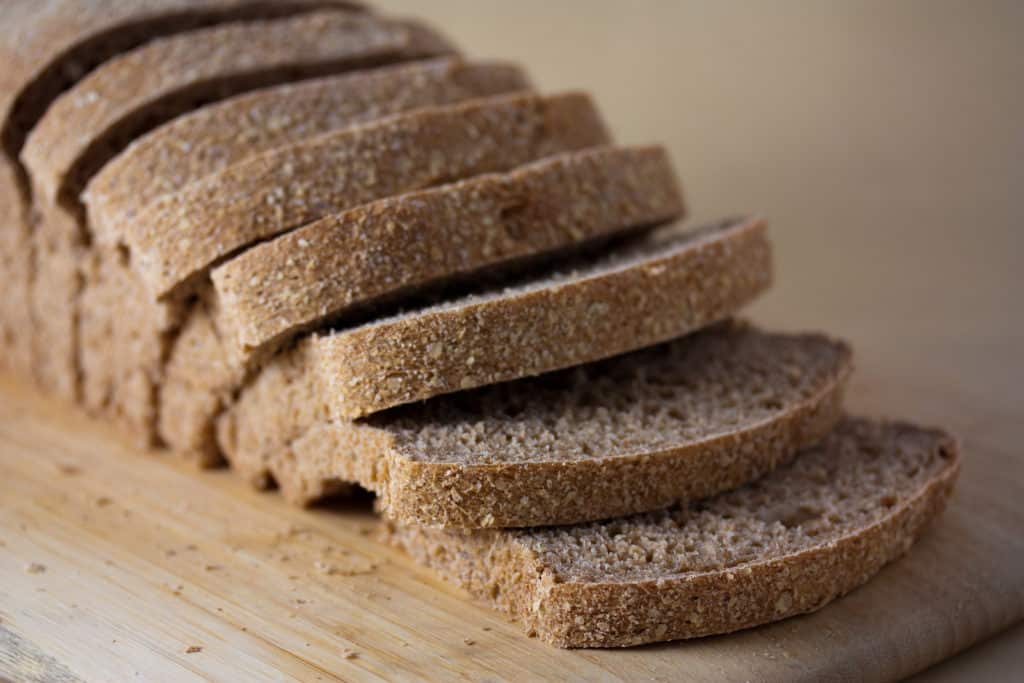
The good news is that not all bread is off-limits. Look for low-sodium breads with minimal ingredients, and avoid any that list “phos-” ingredients, like monocalcium phosphate or sodium aluminum phosphate. Sprouted grain breads tend to be lower in additives and easier to digest, making them a safer option for your kidneys. Or better yet, bake your own at home with whole ingredients. Bread is a staple — and because it’s eaten so often, choosing a better version has a major long-term impact. Your kidneys will thank you for the switch.
That Smoothie Ingredient Can Spike Potassium
Smoothies have become the health drink of choice — and for good reason. They’re convenient, customizable, and can pack in loads of nutrients. But if you’re not careful, your “green smoothie” could be sky-high in potassium, and that’s a serious concern for kidney health. Ingredients like spinach, avocado, and almond milk are commonly used but carry significant potassium loads. For people with healthy kidneys, the body can usually handle it. But if you’re living with chronic kidney disease or even mild kidney stress, excess potassium can accumulate in your blood, causing fatigue, irregular heartbeat, or worse.
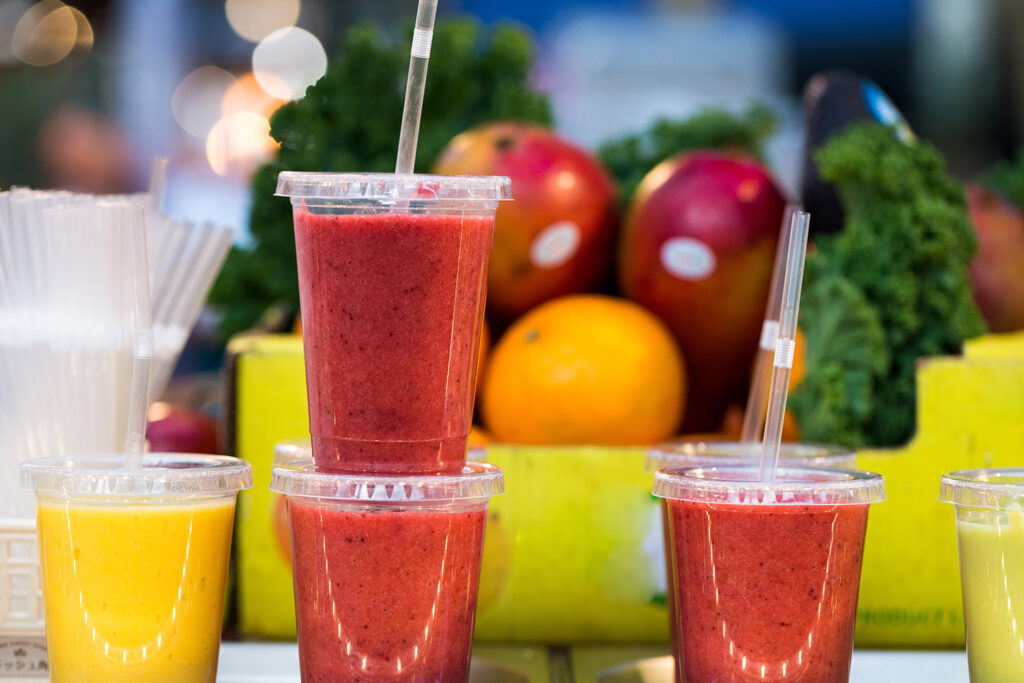
The solution is simple: be selective about your smoothie ingredients. Use lower-potassium greens like kale, romaine, or cucumber as your base. Swap out almond milk for rice or oat milk, which tend to have less potassium. Choose fruits like blueberries, strawberries, apples, or pears instead of bananas or mangoes. These small changes dramatically reduce potassium levels while keeping your smoothie delicious and nutrient-rich. You don’t have to give up your blender routine — just give it a kidney-conscious upgrade. It’s a healthy habit that becomes truly healthy when it works for your whole body, kidneys included.
Hidden Sodium in Deli Meats
Deli meats are the ultimate convenience food — sliced, sealed, and ready to layer on a sandwich. But those thin, tasty slices come with a hefty price: they’re packed with sodium, nitrates, and phosphorus preservatives, all of which are harsh on your kidneys. Even a few slices of turkey or ham can deliver over 700 mg of sodium — almost a third of your daily limit — not to mention the synthetic additives designed to preserve color and shelf life. These additives are rapidly absorbed by the body, increasing phosphorus levels in the blood, which contributes to calcification of blood vessels and weakens bones in people with kidney disease.
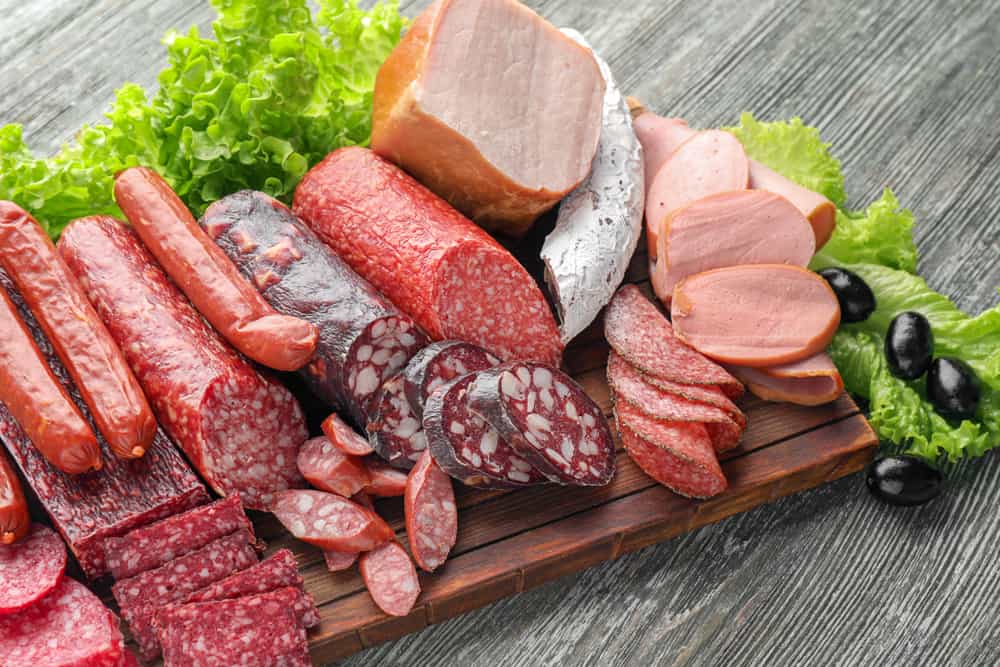
Instead of buying processed deli meats, opt for fresh, home-cooked proteins like grilled chicken, turkey breast, or even lightly seasoned tofu or egg salad. Better yet, try plant-based sandwich fillers like hummus, mashed avocado with lemon, or roasted veggies. These alternatives not only reduce sodium and phosphorus intake, but also support a more balanced and nourishing diet. When you consider how often deli meats are eaten — in sandwiches, wraps, snacks — cutting them out or switching to clean options can significantly reduce the daily stress you place on your kidneys. It’s a small sacrifice with big protective benefits.
The Dangerous Twist in Your Pasta Bowl
A comforting bowl of pasta may feel like a safe and filling meal — but when it’s made with tomato-based sauces, it quickly becomes a kidney red flag. Store-bought pasta sauces are notorious for being loaded with sodium and phosphorus additives, often clocking in at 300-500 mg of sodium per half-cup — and let’s be real, most people pour on a lot more than that. On top of that, tomato products are naturally high in potassium, which can be dangerous for people with compromised kidney function. Pair that with processed pasta and maybe a sprinkle of cheese, and you’ve created a meal that hits kidneys from every angle.
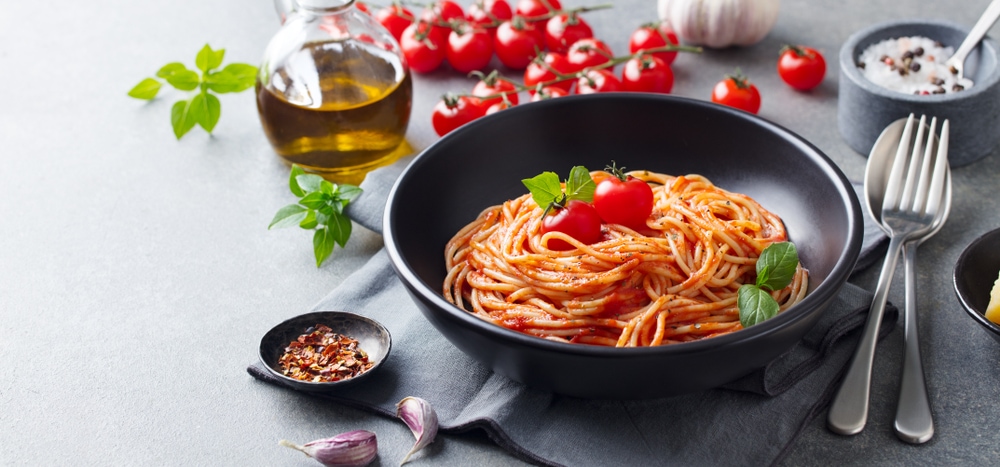
Instead, consider making your own sauce using roasted red peppers, olive oil, garlic, and fresh herbs. If you’re set on tomatoes, use a small amount of low-sodium tomato paste blended with unsalted broth and vegetables to control the potassium and sodium. And when it comes to pasta, explore alternatives like zucchini noodles or whole grain pasta with no added salts or preservatives. Pasta night doesn’t have to disappear — it just needs a mindful makeover. Making smarter choices with your sauces and seasonings turns a kidney-damaging dish into a meal that loves your body back.
The Add-On That Ups Your Risk
Pickles, olives, and other briny foods may seem like flavorful extras — but these salty little add-ons are steeped in sodium, and that can mean trouble for your kidneys. Just two medium pickles can contain over 1,000 mg of sodium, nearly half your recommended daily intake. These foods are preserved in salty brine solutions, which help them last on shelves but silently raise your blood pressure and stress your kidneys with every bite. Even small servings can tip your sodium levels into dangerous territory if you’re not watching closely.
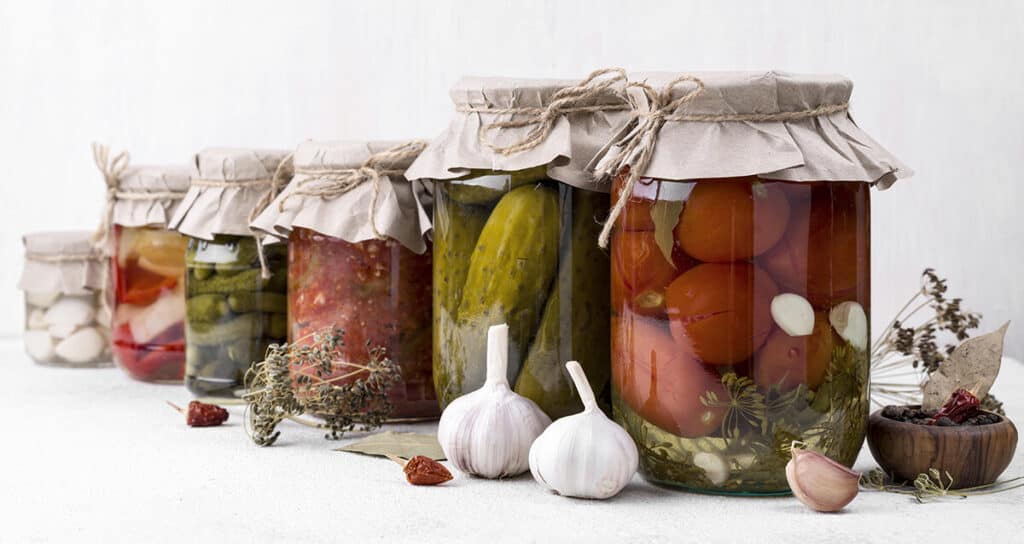
Fortunately, you don’t have to give up bold flavors entirely. Look for low-sodium versions of pickles or olives, or try fermenting your own with a reduced salt base. You can also add tang and crunch to your meals using cucumber slices with vinegar, lemon zest, or radishes. If your plate feels bland without something sharp or salty, experiment with herbs and acid — like balsamic vinegar or mustard (in moderation) — to boost flavor naturally. These swaps can help preserve your kidney health while still giving your taste buds something to get excited about. A tiny change here can go a long way toward a lower-sodium lifestyle.
That Frozen Favorite Is Hiding Something
Frozen meals are a lifesaver when you’re short on time — but most are a sodium and preservative overload hiding behind a convenient label. Even so-called “healthy” frozen dinners can pack 800 to 1,200 mg of sodium per serving, plus added phosphates, artificial colors, and flavor enhancers. These meals are designed for shelf-life and speed, not kidney safety. Over time, regular consumption can raise blood pressure, increase fluid retention, and silently wear down your kidney function — especially if you’re also getting sodium from snacks or sauces.
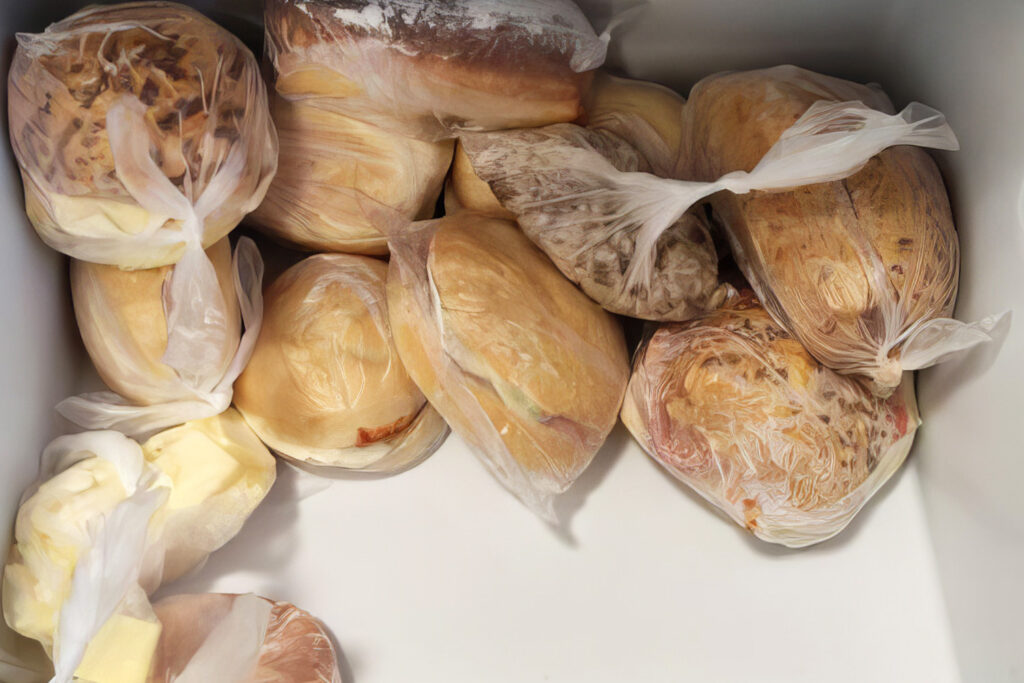
If you rely on frozen meals for busy days, there’s a better way. Look for options labeled “low sodium” (with fewer than 500 mg per serving), and steer clear of anything with “phos-” ingredients. Even better, prep your own frozen meals in batches using lean proteins, steamed veggies, and kidney-friendly herbs. Store them in individual containers so you’ve got quick, nourishing options that aren’t silently working against your health. With a bit of weekend prep, you can ditch the freezer aisle traps and fuel your body with real food your kidneys will thank you for.
The “Healthy” Fat That Can Backfire
Avocados are widely praised as a superfood — and for most people, they are. They’re rich in healthy fats, fiber, and vitamins. But when it comes to kidney health, especially in those with reduced kidney function, avocados present a problem: they’re extremely high in potassium. Just one medium avocado can pack over 700 mg of potassium, which is more than many people with kidney issues should have in an entire day.

That doesn’t mean you need to banish all fats. Instead of avocado, try healthy fat alternatives like olive oil, flaxseed oil, or a small handful of unsalted nuts — all of which are much lower in potassium. If you’re craving that creamy texture, experiment with pureed cauliflower or blended white beans in spreads and dips. These options offer flavor and nutrition without overloading your kidneys. Avocados are undeniably trendy, but if you’re protecting your kidneys, they’re one trend best enjoyed in extreme moderation.
That “Zero Sugar” Drink Isn’t Innocent
Diet sodas and sugar-free drinks may seem like smart swaps for sugary sodas — but nephrologists are increasingly warning against them. These drinks often contain artificial sweeteners like aspartame or sucralose, which some studies have linked to changes in gut bacteria, increased insulin resistance, and altered kidney filtration markers. On top of that, many of these beverages are also highly acidic and full of phosphoric acid, a known contributor to kidney stone formation and phosphorus overload in the body.
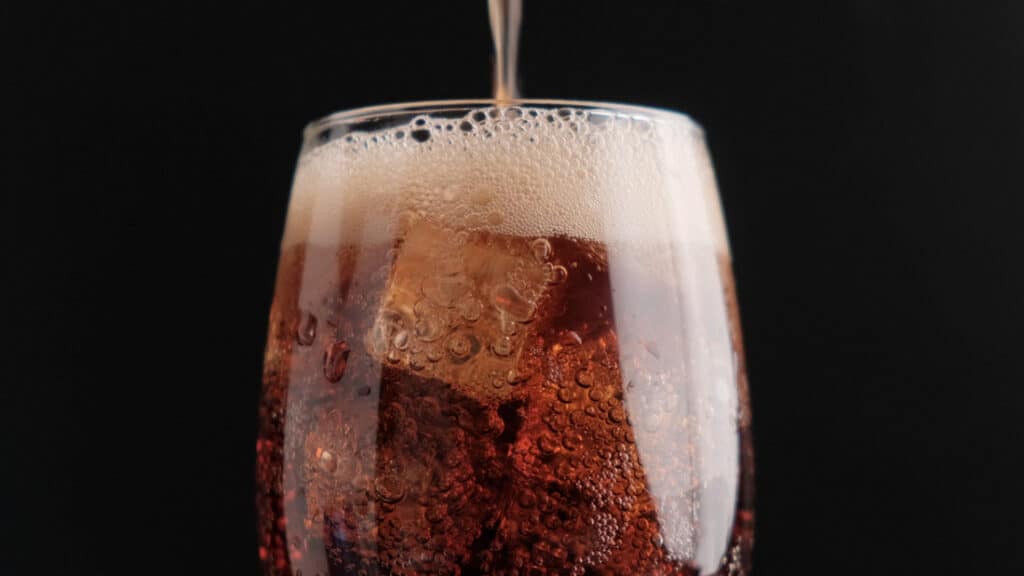
If you’re craving fizz, switch to sparkling water with lemon, herbal iced teas, or homemade infusions with fruit slices and herbs. These options provide refreshment without the chemical cocktail that diet sodas bring. And if you’re hooked on the sweet flavor, consider gradually reducing your sweetener use to retrain your palate. Artificial sweeteners don’t offer a free pass — especially not when your kidneys are already working hard to filter what you consume. Don’t let “zero sugar” fool you into thinking it’s zero risk.
The Dark Drink Doctors Dislike
Cola drinks — both regular and diet — are a triple threat when it comes to kidney health. First, they’re high in phosphoric acid, which is used to create their signature tangy taste and preserve shelf life. Unfortunately, that same phosphorus can weaken bones and increase cardiovascular risk, especially in people with compromised kidney function. Second, colas are also loaded with sugar or artificial sweeteners, both of which may contribute to kidney inflammation and poor filtration over time. And third, their dark color often comes from caramel coloring, which may contain compounds linked to inflammation.
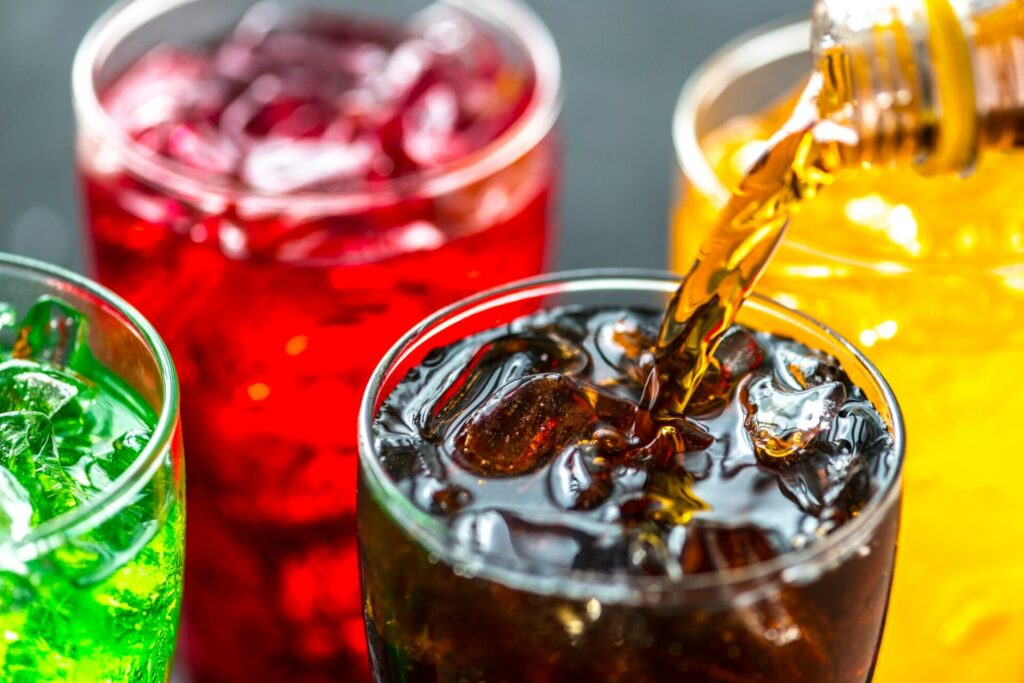
The solution? Replace your cola habit with natural sparkling water, diluted fruit juice, or herbal teas. If you need caffeine, a small cup of unsweetened coffee or tea is a far better option for your kidneys than soda. Over time, these swaps can help stabilize blood pressure, reduce phosphorus intake, and support healthier kidney function. You might miss the fizz or the flavor at first, but your kidneys won’t miss the stress. Choosing to ditch colas is one of the most direct — and impactful — dietary changes you can make for your long-term health.
That Midnight Snack’s Hidden Danger
Craving something crunchy late at night? Most people reach for crackers, chips, or microwave popcorn, but these snacks are often loaded with sodium, unhealthy fats, and artificial preservatives — a combination that places your kidneys under unnecessary pressure. Even “light” or “reduced-fat” versions can contain hidden phosphate additives, which are absorbed into your bloodstream much faster than naturally occurring phosphorus in food. These hidden ingredients increase your phosphorus load, weaken your bones, and overwork your kidneys.

Instead, swap processed snacks for kidney-friendly alternatives like unsalted rice cakes, sliced cucumber with hummus, or air-popped popcorn seasoned with garlic powder and herbs. These options are lighter on your kidneys and still satisfy that late-night craving. If you tend to snack out of habit, try prepping small portions in advance so you’re not mindlessly munching from the bag. Midnight snacks aren’t the enemy — it’s what you reach for that makes all the difference. Make your snacks part of the solution, not the problem.
The Cereal That’s Causing Chaos
Breakfast cereals may seem like an easy and innocent start to the day, but many popular brands — even ones that appear “healthy” — are loaded with sugar, sodium, and phosphorus-based additives. Some cereals use phosphate salts to improve shelf life and flavor, while also including high-fructose corn syrup, which increases insulin resistance and puts pressure on the kidneys. If you’re starting your morning with this kind of overload, you’re setting your kidneys up for a rough day.
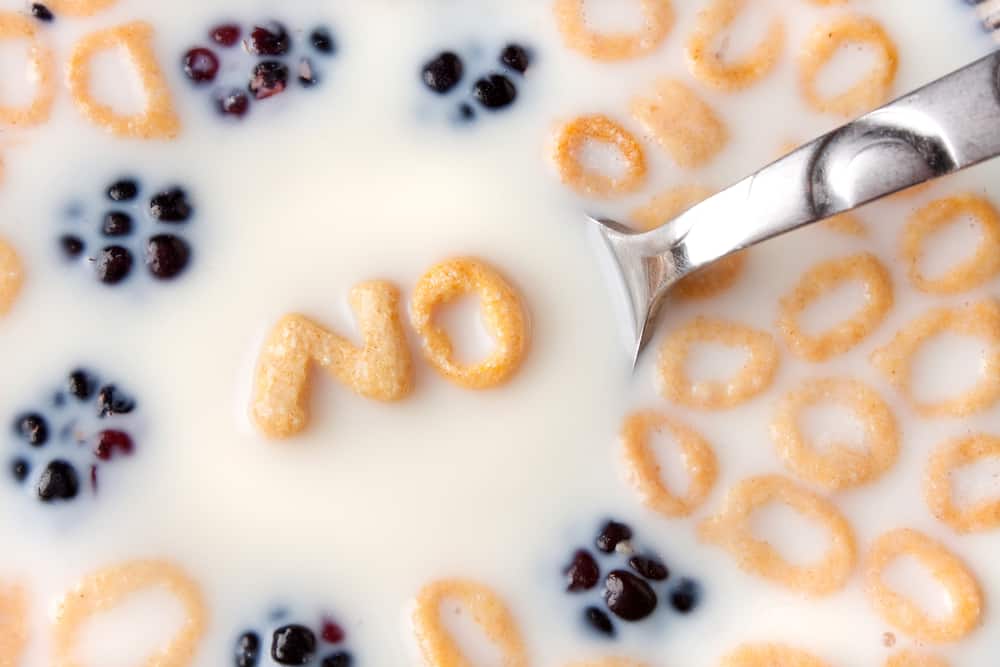
A better choice? Go for steel-cut or rolled oats, topped with berries and cinnamon, or try homemade granola made with whole ingredients. Read cereal labels closely — the shorter the ingredient list, the better. Avoid anything that lists “phos-” or artificial flavorings. A kidney-friendly breakfast supports steady blood sugar and reduces inflammation — both of which lighten your kidney’s workload. What you eat first thing in the morning matters, and the right cereal swap can give your kidneys the break they need.
The Cheese That Sneaks In Salt
Cheese is a favorite comfort food, but it’s also a quiet source of concentrated sodium and phosphorus. Hard cheeses like cheddar, parmesan, and gouda are especially problematic — just one ounce can contain over 200 mg of sodium and phosphate additives used to enhance flavor and shelf stability. These compounds increase phosphorus levels in the blood, which is difficult for weakened kidneys to filter. Over time, it contributes to calcification of soft tissues and reduced bone density.
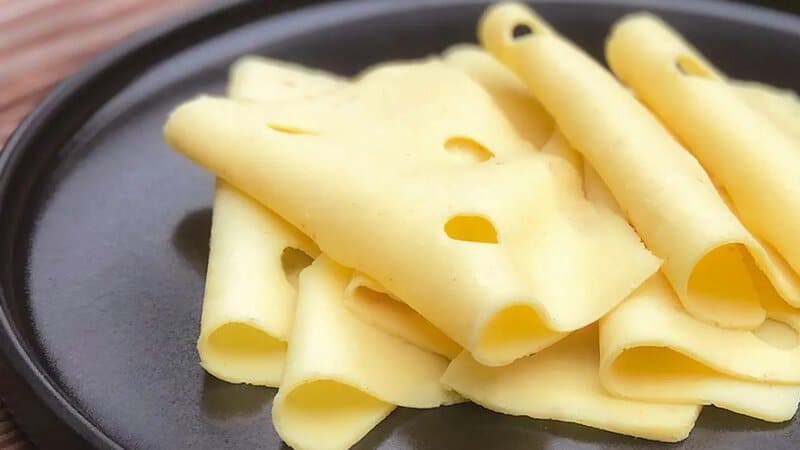
You don’t have to give up cheese entirely, but be selective. Choose low-sodium, phosphate-free varieties such as fresh mozzarella, ricotta, or even goat cheese in moderation. Limit portions to 1-2 ounces and skip processed cheese slices, spreads, and powdered toppings, which often contain multiple chemical additives. Cheese doesn’t have to be your kidney’s enemy — it just has to be managed wisely. A few mindful choices can help you enjoy your favorite foods without putting your health at risk.
Why Instant Noodles Are a Kidney Nightmare
Instant noodles might win in convenience, but they lose hard when it comes to kidney health. These salty, shelf-stable meals are packed with sodium, preservatives, and artificial flavorings — all of which are harsh on your kidneys. Just one packet can contain over 1,500 mg of sodium, which exceeds the daily recommended limit for many people, especially those with high blood pressure or kidney issues. Many brands also use phosphate additives and MSG to enhance flavor and shelf life, both of which place extra burden on your filtration system.
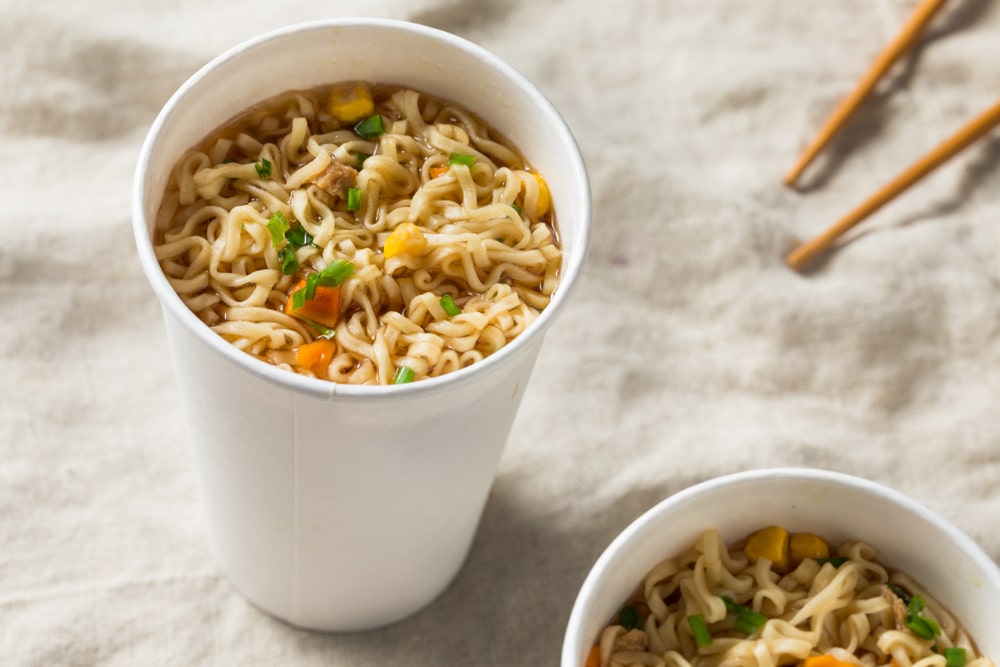
If you’re craving a quick noodle fix, try boiling whole grain or rice noodles and adding a homemade broth with herbs, low-sodium miso paste, or fresh vegetables. Keep a batch of soup base in the fridge or freezer to make fast meals without the chemical overload. Your kidneys are sensitive to the daily build-up of salt and additives — and even small reductions in sodium can significantly slow kidney decline. Don’t let convenience turn into a health compromise. With a little creativity, you can recreate the comfort of noodles without the silent kidney stress.
The Sweet Treat That’s Not So Sweet
Pastries, cakes, and donuts aren’t just sugar bombs — they’re also often laced with phosphates, trans fats, and refined carbs, creating a trifecta of trouble for your kidneys. These desserts spike blood sugar, increase inflammation, and contain preservatives that are absorbed quickly into your bloodstream. For people with reduced kidney function, that means more work for already stressed kidneys and a higher risk of complications like insulin resistance, heart disease, and bone loss.

You don’t have to cut dessert forever — just rethink your options. Choose treats made with natural sweeteners like honey or maple syrup (in moderation), and bake at home using whole grain flours and low-phosphorus ingredients. Fresh fruit with Greek yogurt, chia pudding, or banana-oat cookies can satisfy your sweet tooth without putting your kidneys in danger. Occasional indulgence is fine — but the goal is to cut the daily exposure to foods that quietly contribute to long-term kidney damage. Choose sweets that treat you just as well as they taste.
The Hidden Danger in Energy Drinks
Energy drinks promise a quick boost, but they come loaded with caffeine, sugar, and artificial additives — a dangerous mix for your kidneys. Many contain over 200 mg of caffeine, along with high doses of sugar and chemical stimulants that can lead to dehydration, blood pressure spikes, and kidney stress. In some cases, people with underlying kidney problems have ended up in the ER after combining energy drinks with workouts or hot weather. They put your kidneys into overdrive — often without you realizing it.
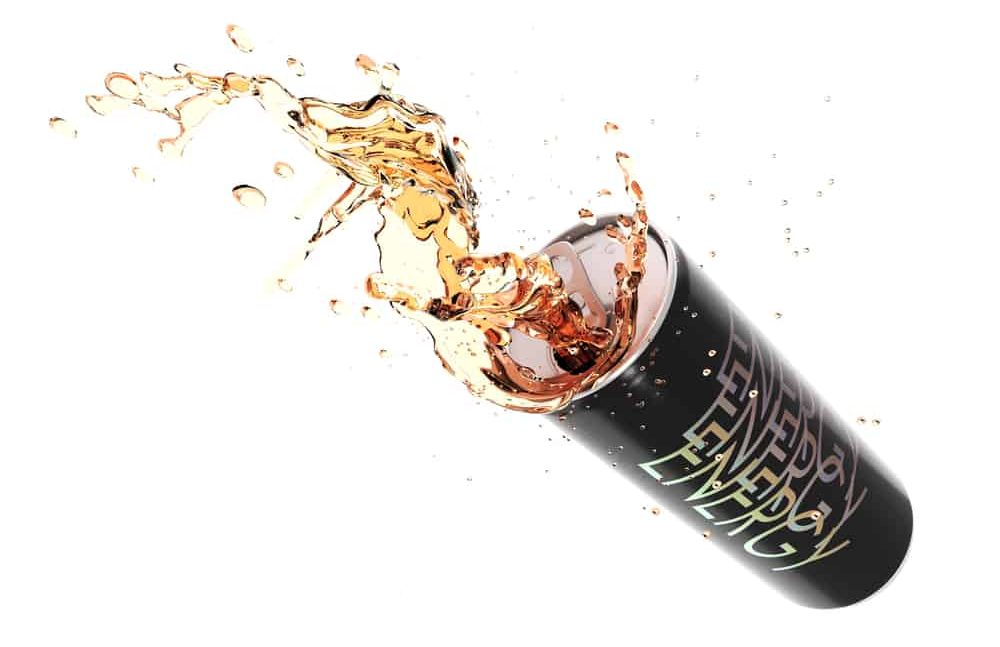
If you need an energy boost, opt for green tea, matcha, or even a small cup of black coffee — and hydrate with plain water throughout the day. Better yet, look at long-term solutions like improved sleep, hydration, and balanced meals for sustainable energy. That flashy can may promise productivity, but your kidneys are quietly paying the price. Don’t trade short-term stimulation for long-term health issues. There are safer, smarter ways to power through your day.
That “High-Protein” Trend Could Backfire
High-protein diets are all the rage — but if you’re loading up on protein shakes, powders, and meat-heavy meals, your kidneys could be paying the price. While protein is essential, too much can overwork your kidneys, especially if you already have reduced function. Your kidneys are responsible for filtering the waste products that come from breaking down protein, and excessive intake can accelerate kidney decline in susceptible individuals. This is especially risky when the protein comes from processed powders or animal sources high in phosphorus and sodium.
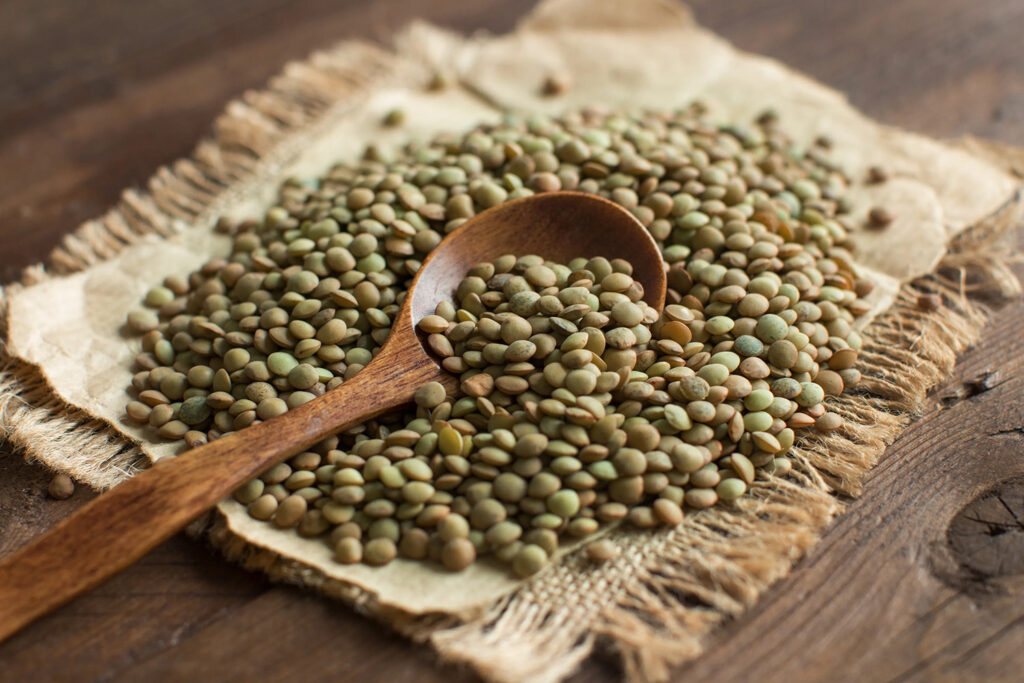
Instead of going all-in on high-protein, aim for a balanced intake from whole foods. Incorporate plant-based proteins like lentils, quinoa, and tofu, which are easier on your kidneys and often lower in phosphorus. If you use protein shakes, opt for kidney-safe versions made without phosphorus additives or artificial sweeteners. More protein doesn’t always equal better health — and when your kidneys are involved, it’s all about moderation and quality. Supporting your muscles shouldn’t mean sabotaging your filtration system.
This Breakfast Favorite Packs a Punch
Bacon may be beloved for its sizzle and flavor, but it’s one of the worst offenders for kidney health. Just two slices can contain over 400 mg of sodium, plus saturated fats, nitrates, and phosphate preservatives that your kidneys struggle to filter. Regular consumption can raise your blood pressure, inflame your arteries, and increase your risk for both heart disease and kidney dysfunction. Even turkey bacon isn’t much better — many varieties are still highly processed and sodium-heavy.
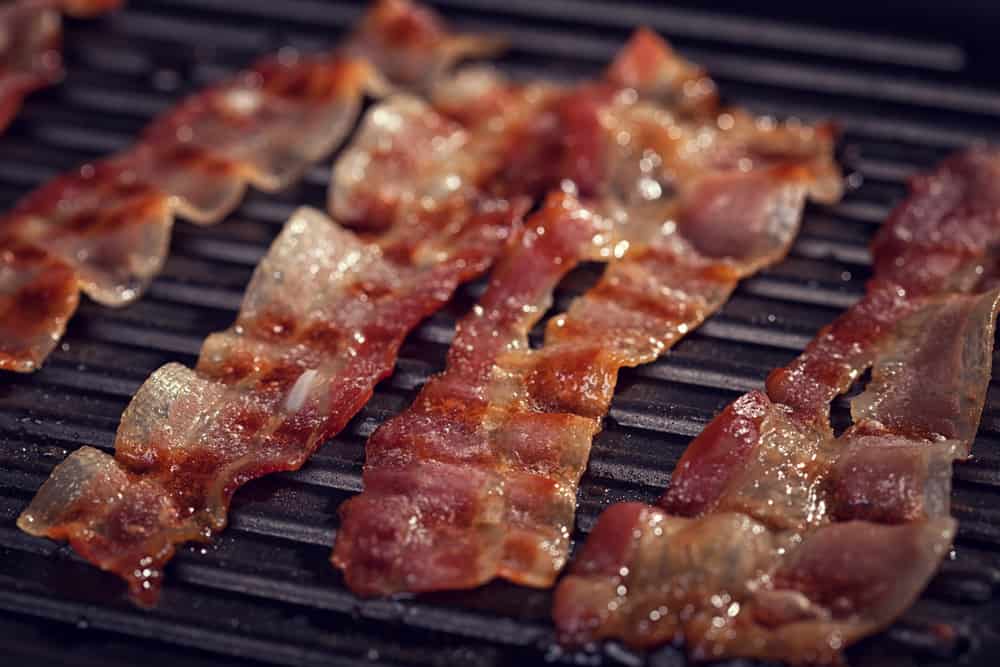
If breakfast doesn’t feel complete without something savory, try sautéed mushrooms, scrambled tofu, or even a poached egg with herbs. These alternatives deliver protein and flavor without flooding your body with salt and additives. When you swap processed meats for whole, kidney-friendly choices, you’re not just cutting back on harmful ingredients — you’re actively protecting one of your most vital organs. Bacon might taste great in the moment, but your kidneys deserve better in the long run.
The “Healthy” Nut That’s Too Much
Nuts are often seen as the ultimate healthy snack — full of fiber, protein, and healthy fats. But certain types of nuts are extremely high in phosphorus and potassium, making them a problem for people with kidney concerns. Almonds, cashews, and Brazil nuts, for example, can deliver significant amounts of both minerals in just a small handful. Worse yet, many packaged nuts are salted or coated in flavorings that increase sodium intake.
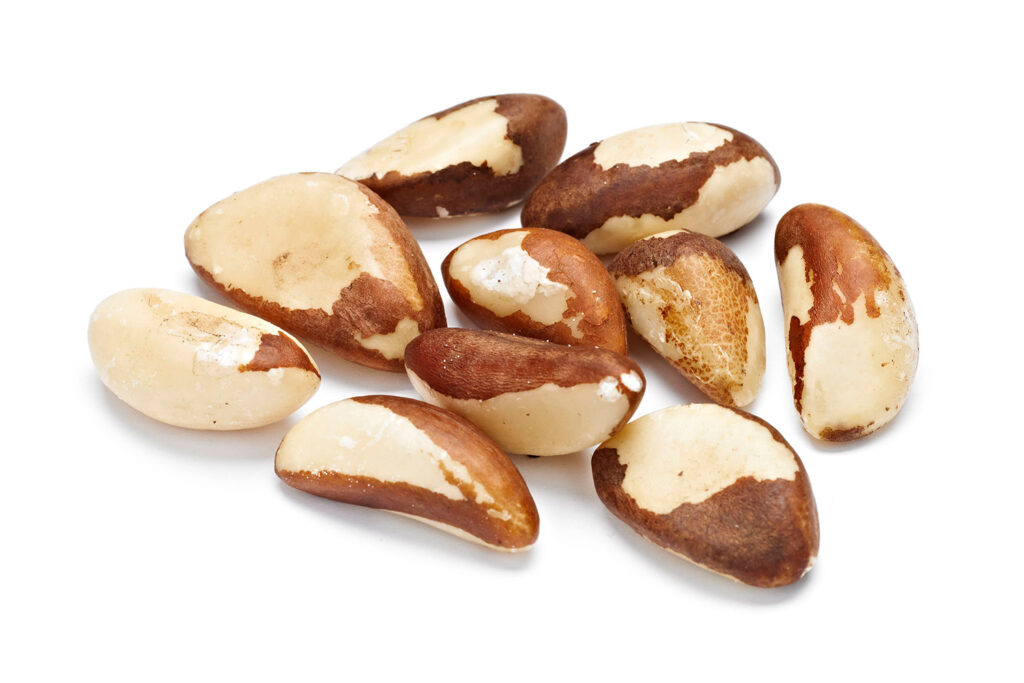
That doesn’t mean all nuts are off-limits. Pistachios, walnuts, and unsalted peanuts are generally safer when eaten in moderation. Keep portions small — about a handful — and choose raw or dry-roasted options without additives. Better yet, mix them with seeds or low-potassium dried fruits for a custom snack blend. Nuts can absolutely be part of a kidney-conscious diet — but only when you pick the right kind and keep an eye on serving size. The health halo around nuts is real — but it doesn’t mean unlimited snacking is safe for your kidneys.
Why Your Favorite Dip Isn’t Helping
Dips like ranch, cheese sauces, and store-bought guacamole often seem like harmless sides — but they’re usually packed with sodium, added sugars, artificial preservatives, and phosphate additives. These ingredients make dips shelf-stable and ultra-flavorful, but they also quietly burden your kidneys with every bite. A small serving can easily deliver hundreds of milligrams of sodium and harmful phosphorus, pushing you closer to high blood pressure and kidney overload.
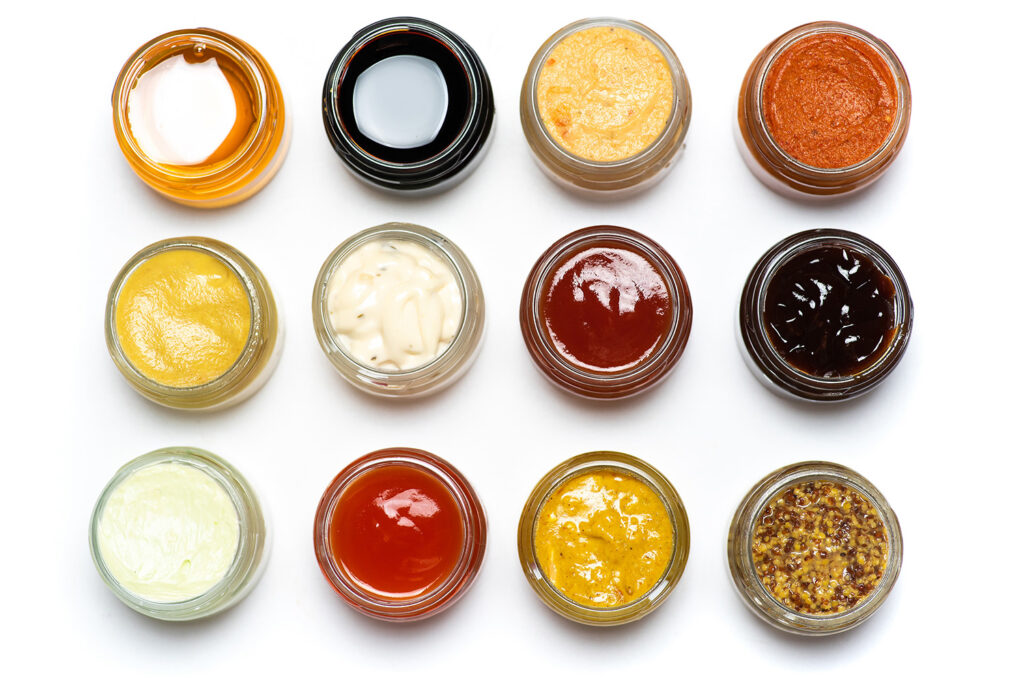
Instead of reaching for prepackaged dips, try making your own at home. Greek yogurt with herbs, mashed avocado with lime and cilantro, or hummus made from chickpeas and tahini are all great alternatives. You control the salt, skip the preservatives, and still enjoy bold, delicious flavors. It’s a small change, but it adds up fast when dips show up at snacks, lunches, and parties. Protecting your kidneys doesn’t mean losing flavor — it just means choosing it more wisely.
The Hidden Risk in Your Baking
If you love baking, you probably use baking powders and pre-mixed flours without a second thought. But many of these products contain phosphate-based leavening agents like monocalcium phosphate or sodium aluminum phosphate. These additives speed up the baking process, but they also absorb into your bloodstream almost instantly, adding to your phosphorus load and straining your kidneys. Over time, a high-phosphorus diet can weaken bones and worsen kidney function.
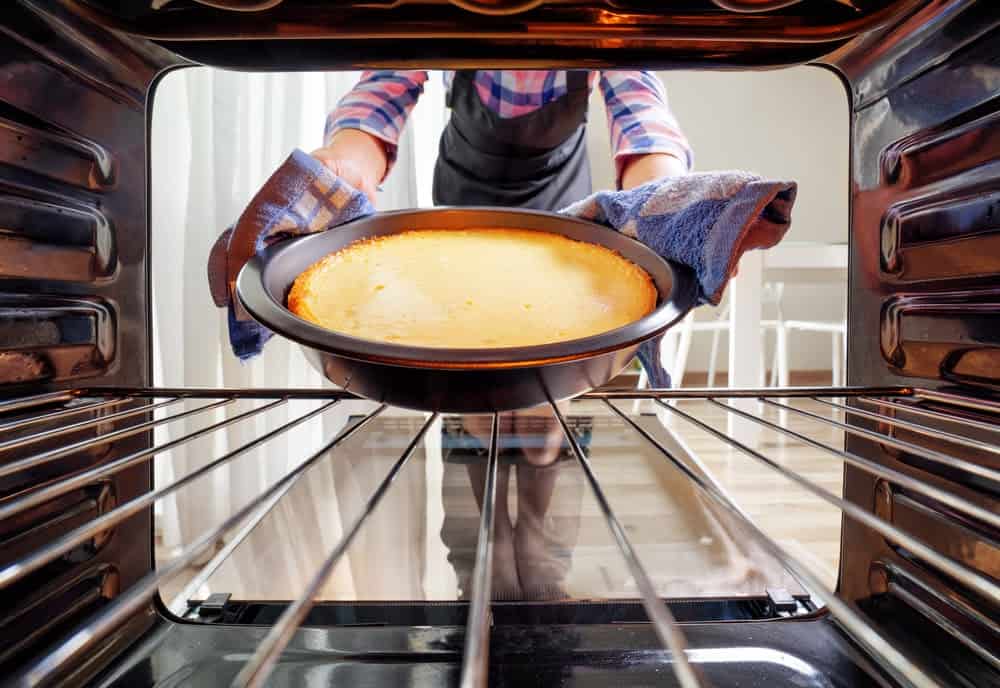
You don’t have to give up baked goods. Instead, choose baking powders labeled “aluminum-free” and opt for recipes that use simple, natural ingredients. You can even make your own baking powder substitute using baking soda and cream of tartar. When baking from scratch, you’ll not only create healthier treats but also avoid the sneaky additives hiding in pre-mixes. It’s a small extra step that protects your kidneys — and still lets you enjoy your favorite cookies, muffins, and cakes.
That Store-Bought Marinade is a Trap
Grabbing a pre-made marinade to spice up your dinner might save time, but it could cost your kidneys. Most store-bought marinades are loaded with sodium, high-fructose corn syrup, potassium chloride, and phosphate preservatives. One small serving can deliver more sodium than an entire meal should contain — and when that sodium builds up day after day, it stresses your kidneys beyond what they’re designed to handle.
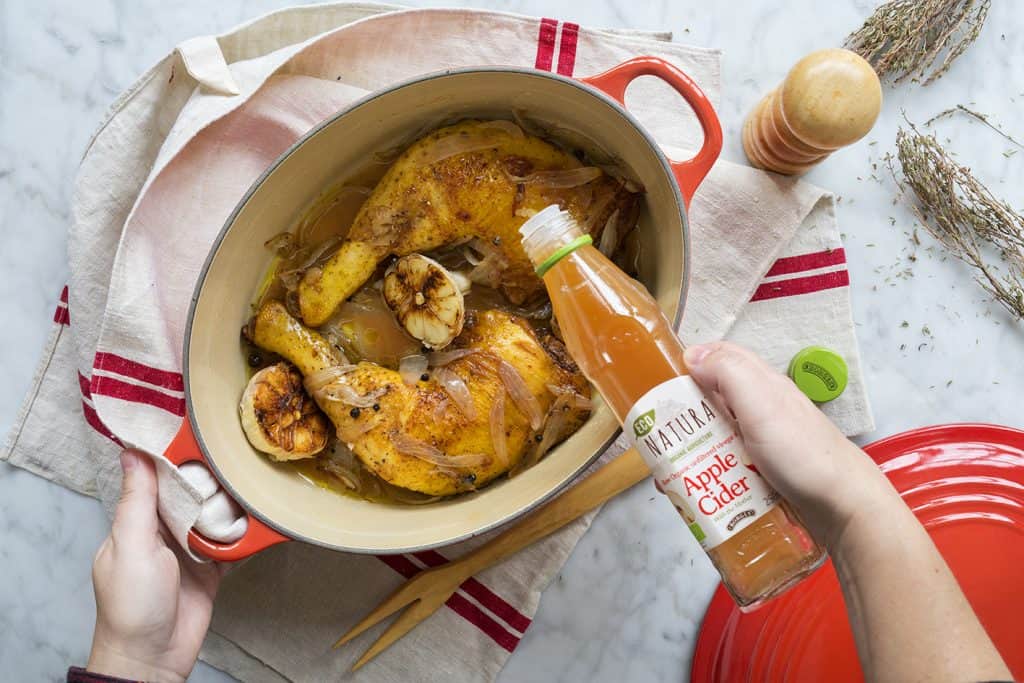
Skip the prepackaged versions and make your own marinades using olive oil, lemon juice, vinegar, garlic, and herbs. Fresh ingredients pack plenty of flavor without the chemical overload. Marinating meat or veggies at home gives you full control over what you’re eating — and keeps dangerous additives out of your diet. Flavor doesn’t have to come from a bottle; with just a few ingredients, you can create meals that protect your kidneys and still taste amazing.
Why “Enriched” Foods Aren’t Always Better
You might think “enriched” means healthier, but for kidney health, it’s often the opposite. Many enriched foods — like white breads, rice, and cereals — are fortified with synthetic phosphorus compounds to boost nutritional content. The problem? Your body absorbs synthetic phosphorus far more readily than natural phosphorus from foods like beans or nuts. This extra phosphorus can build up in your bloodstream, putting strain on your kidneys and increasing your risk for bone and heart problems.
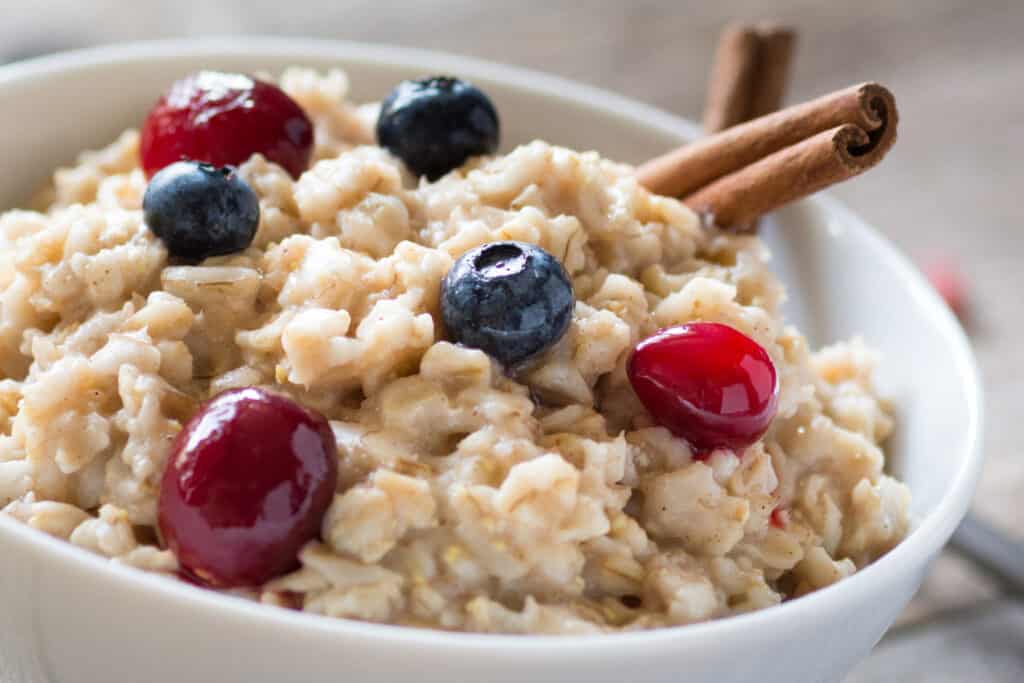
Instead of automatically reaching for enriched products, focus on whole, minimally processed foods. Brown rice, quinoa, steel-cut oats, and sprouted grain breads give you natural nutrition without added chemicals. Look closely at ingredient labels — if you spot anything ending in “phosphate,” it’s a red flag. Small daily exposures to hidden phosphorus add up fast. Choosing real, whole foods helps lighten the load on your kidneys without sacrificing nutrition or flavor.
That Popular Frozen Pizza’s Hidden Threat
Frozen pizza might be the ultimate comfort food — fast, filling, and always ready when you need it. But it’s also a perfect storm of sodium, saturated fat, phosphorus, and potassium. Just one or two slices can hit over 1,000 mg of sodium, not counting the processed meats and cheeses loaded with preservatives. Nephrologists warn that frequent frozen pizza meals can quietly push blood pressure higher and overload kidneys with phosphorus, leading to long-term damage.
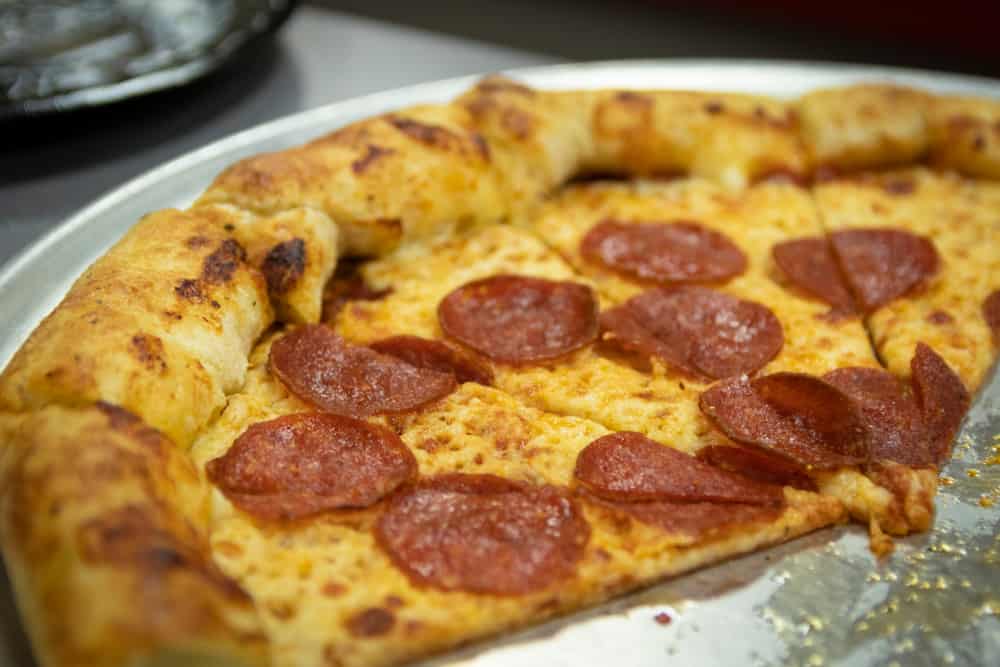
You don’t have to give up pizza altogether. Make your own at home with low-sodium sauces, fresh veggies, and minimal cheese, using whole grain or cauliflower crusts. You control the toppings and skip the chemical additives. Homemade pizza still satisfies cravings but gives your kidneys a well-deserved break. Small swaps like these turn favorite comfort foods into kidney-friendly wins you can feel good about.
How Instant Gravy Mixes Wreak Havoc
Instant gravy mixes may seem like a simple way to finish a meal, but they’re often full of sodium, phosphorus additives, and artificial thickeners. One serving can pack 400-600 mg of sodium, plus multiple synthetic ingredients your kidneys have to filter out. It’s a heavy hit for a food that’s just supposed to be a side — and one most people pour on generously.

A better option? Make homemade gravy from pan drippings, low-sodium broth, and flour, seasoned with herbs instead of salt. It takes only a few extra minutes and spares your kidneys a major chemical assault. Even better, homemade gravies can be made in batches and frozen for future meals. You don’t have to skip the rich, savory flavors — you just have to rethink how you build them. Protecting your kidneys starts with noticing where sneaky additives slip in.
That “Healthy” Canned Bean Isn’t Perfect
Beans are a powerhouse food — full of fiber, plant protein, and minerals. But when you buy canned beans, you’re often getting a heavy dose of sodium and added preservatives along with them. Even “low-sodium” canned beans can contain up to 140 mg of sodium per serving, and if you’re not rinsing them thoroughly, the sodium adds up fast. For your kidneys, that means more effort filtering out extra salt and chemicals — especially risky if you already have high blood pressure or mild kidney dysfunction.
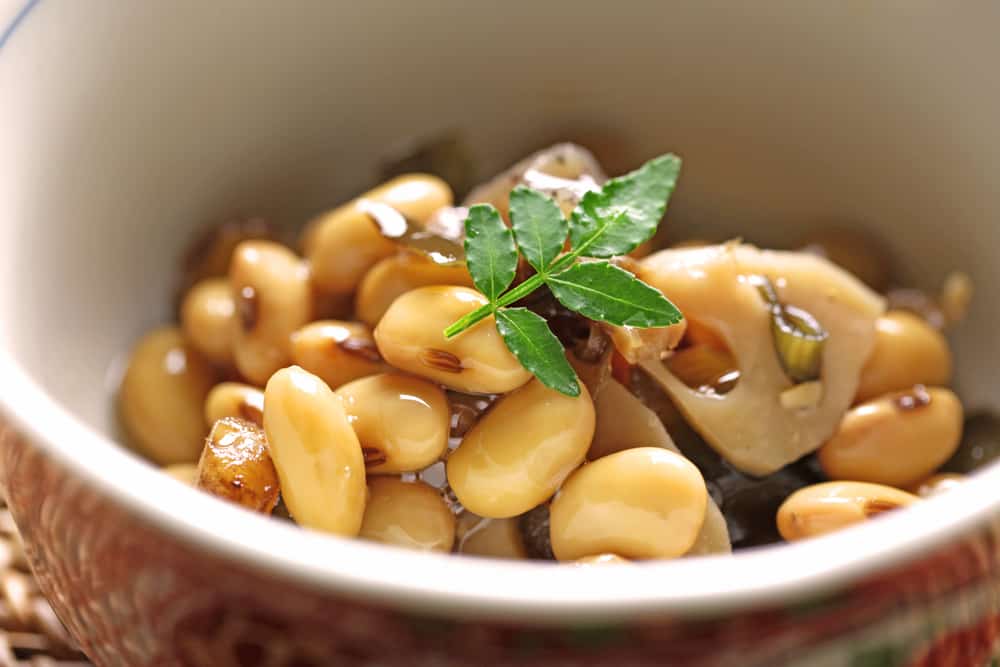
You don’t have to ditch beans altogether — just prep them smarter. Buy no-salt-added canned beans, or better yet, cook dried beans at home. Soaking and rinsing beans can slash sodium dramatically while preserving their powerful nutritional benefits. Adding beans to your diet is still a smart move for your heart, gut, and kidneys — but how you prepare them makes all the difference. A few minutes spent rinsing or soaking can add years of protection for your kidneys.
That Sweet Breakfast Is a Trap
Pastries, muffins, and even many “healthy” granola bars offer a sweet start to your morning — but they often come packed with refined sugars, sodium, and hidden phosphorus preservatives. A typical muffin can easily contain 20-30 grams of sugar plus chemical leaveners and flavorings that quietly burden your kidneys. High sugar intake spikes insulin, fuels inflammation, and puts strain on your filtration system — exactly the problems you want to avoid if kidney health is your goal.

If you crave a sweeter breakfast, make your own! Try overnight oats with berries, homemade banana bread using whole grains, or low-sugar Greek yogurt parfaits. Natural sweetness from fruit and honey (in moderation) is far less taxing on your system. You don’t have to give up a cozy breakfast — but steering away from processed sweets helps keep your kidneys functioning at their best. Morning choices set the tone for your day — and your long-term health.
How Restaurant Sides Can Sneak Attack Your Kidneys
It’s not always the main dish you have to worry about — sometimes the most dangerous foods are the sides. Restaurant mashed potatoes, seasoned rice, mac and cheese, and even “steamed” vegetables are often loaded with butter, heavy cream, cheese, sodium, and phosphate additives. Chefs prioritize flavor — not your kidney health — and that means even a small serving can quietly deliver a big sodium and phosphorus punch.
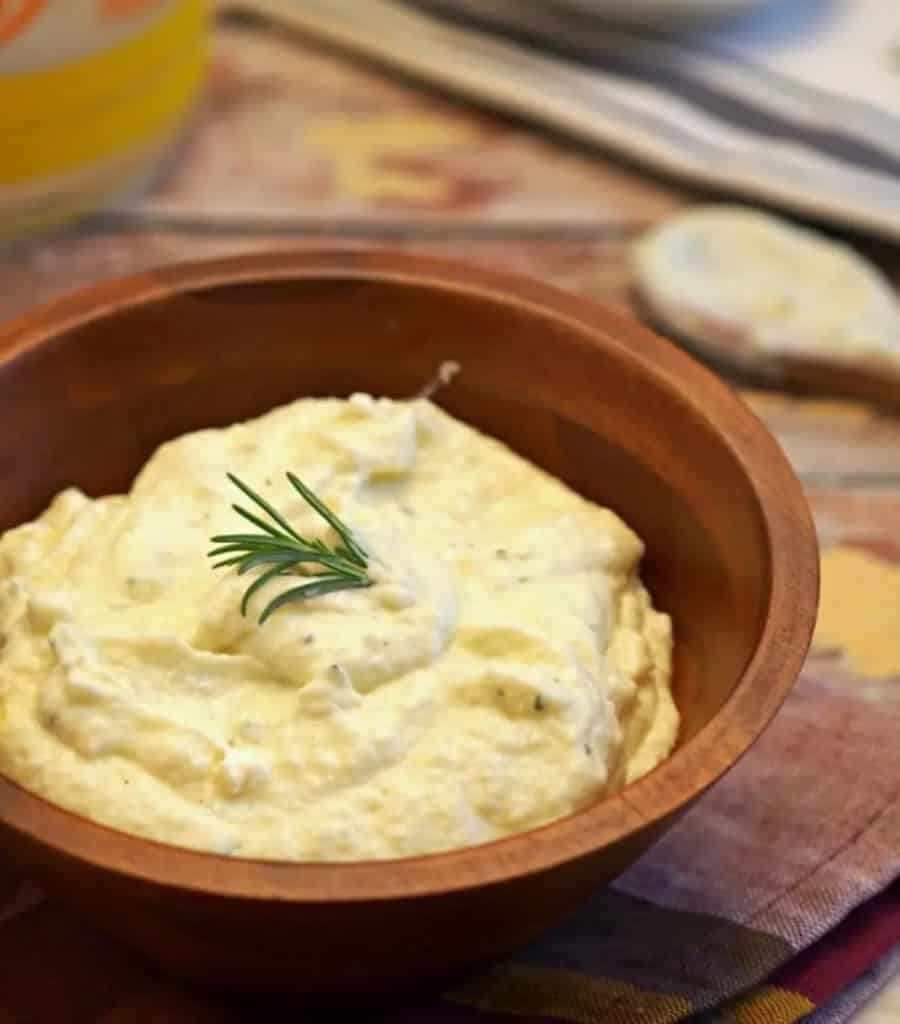
Protect yourself by asking questions. Request plain versions of sides whenever possible and season them yourself at the table. Choose simple steamed veggies without sauces or stick to baked potatoes (plain) when dining out. Restaurants want you to leave happy — but it’s up to you to order smart. Small tweaks to your side dishes can slash hidden kidney stress while still letting you enjoy a night out.
The Comfort Food That Isn’t So Comforting
Macaroni and cheese might feel like the ultimate comfort food, but it’s one of the worst offenders for kidney health. Between the processed cheese, cream, butter, and salted pasta, one serving can easily load you up with sodium, saturated fats, and phosphate additives — a triple whammy your kidneys definitely don’t appreciate. Even homemade versions aren’t much better if you rely on traditional ingredients full of hidden phosphorus and excess salt.
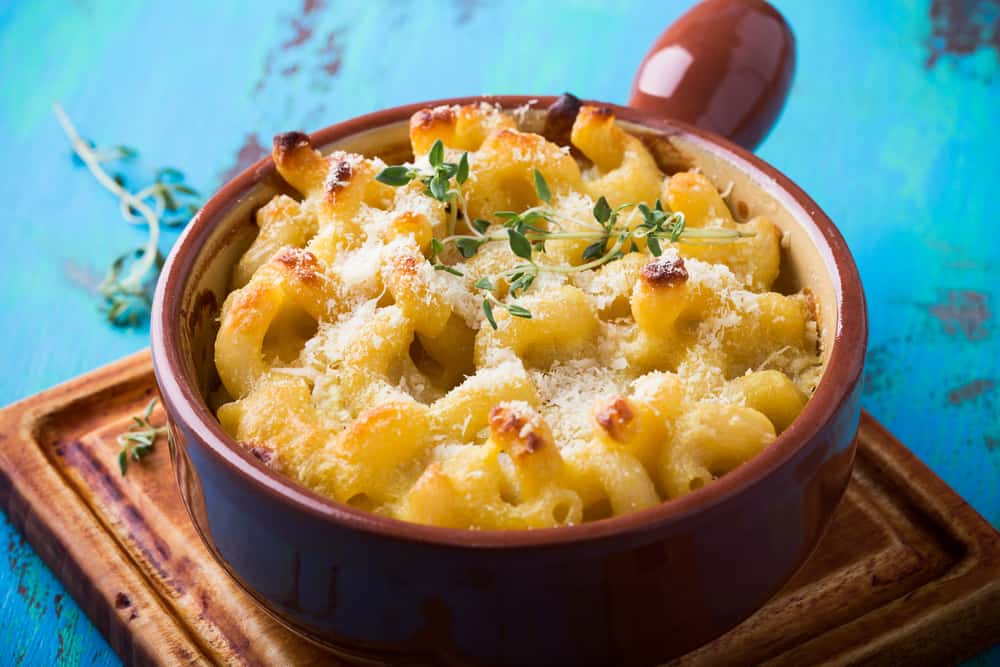
If you’re craving something creamy and satisfying, swap traditional mac and cheese for a lighter, kidney-friendlier version. Try using whole grain pasta, a homemade cashew cheese sauce (low in phosphorus), or blended cauliflower with a sprinkle of nutritional yeast for that cheesy flavor. You can still enjoy cozy, delicious meals — you just need to be smarter about the ingredients. Comfort food should comfort your entire body, kidneys included.
That “Energy” Snack Can Drain You
Trail mix sounds healthy — nuts, dried fruits, maybe some seeds — right? But many store-bought versions are packed with salted nuts, sugary candies, and potassium-preserved dried fruits, which silently overload your system. Just a small handful can deliver hundreds of milligrams of sodium and potassium, two things your kidneys have to work hard to balance. Plus, sneaky preservatives like sulfur dioxide in dried fruits add another filtering challenge for your body.

Instead, make your own trail mix at home! Use raw, unsalted nuts, dried cranberries without added sugar, pumpkin seeds, and a sprinkle of coconut flakes. This way, you control what’s inside and avoid the heavy chemical load. Smart snacking isn’t about giving up flavor — it’s about upgrading your habits to protect your health. Your kidneys are working hard every day — help them out with better fuel.
The Everyday Beverage That Adds Up
You might not think twice about sweetened iced tea, flavored waters, or even lemonade on a hot day, but these beverages are often loaded with added sugars, artificial colorings, and phosphate preservatives. Even “natural” drinks sometimes sneak in additives for flavor and shelf stability. Over time, consistently consuming these beverages stresses your kidneys, spikes blood sugar, and fuels systemic inflammation — all factors that quietly chip away at kidney function.

Swap store-bought beverages for homemade herbal teas, infused waters with lemon or cucumber, or lightly sweetened drinks made with natural honey (in moderation). Staying hydrated is crucial for kidney health — but what you hydrate with matters just as much. Choose clean, simple drinks whenever possible. Your kidneys have enough work to do without battling hidden chemicals from your favorite thirst-quenchers.





